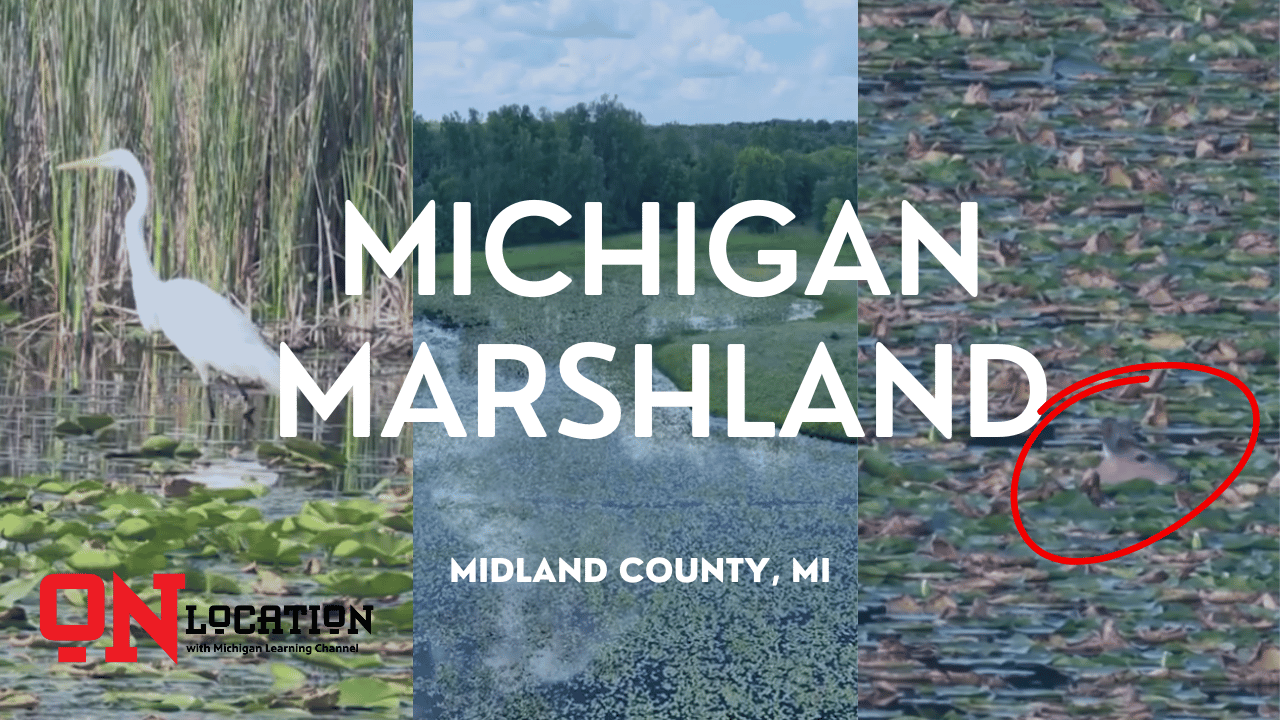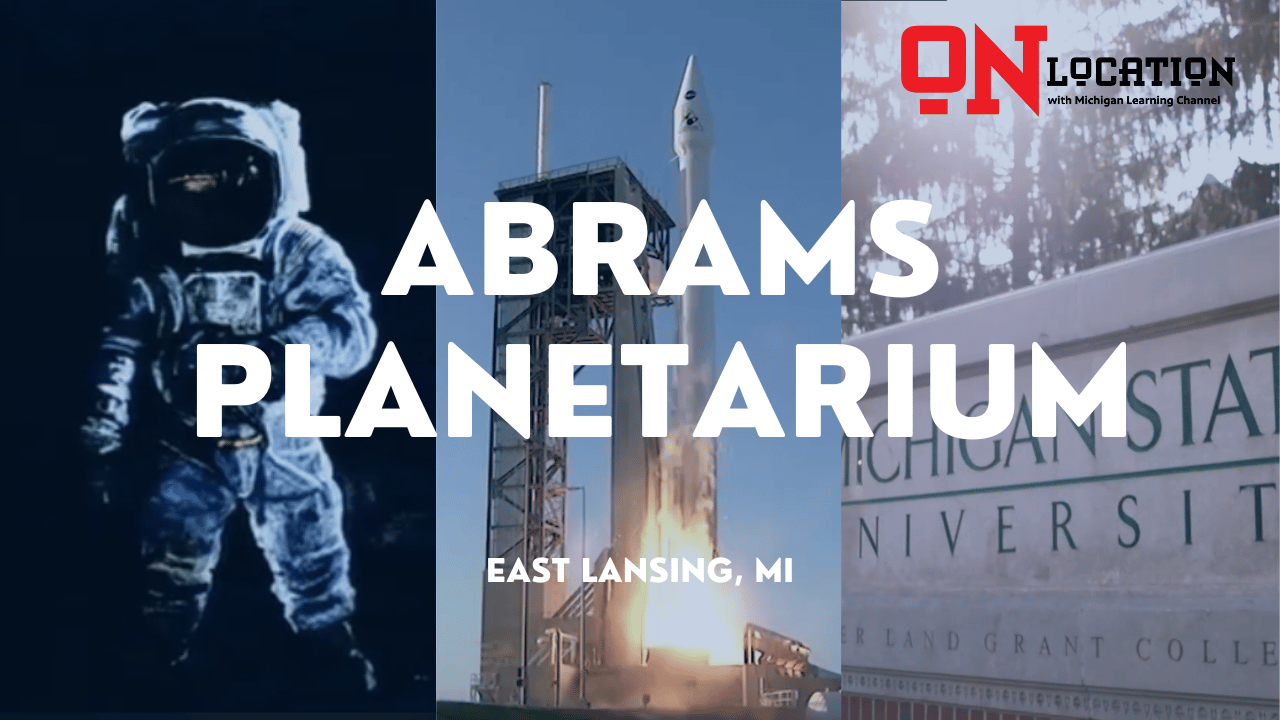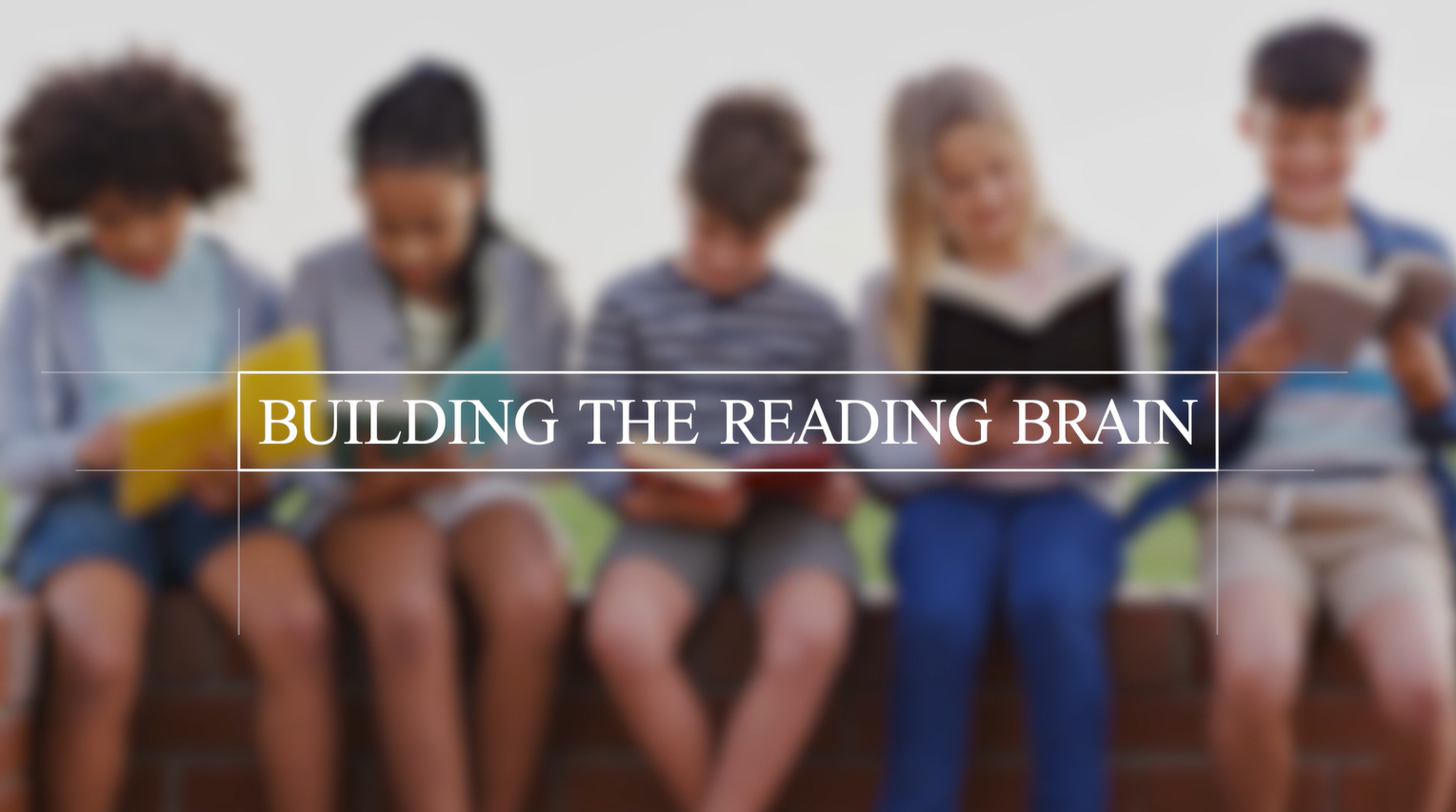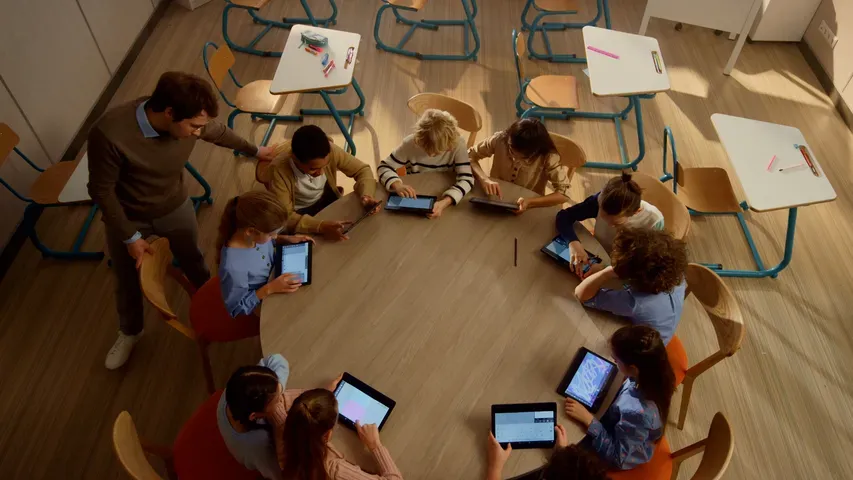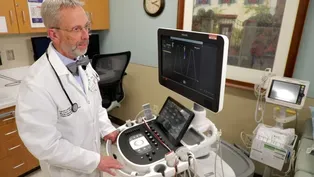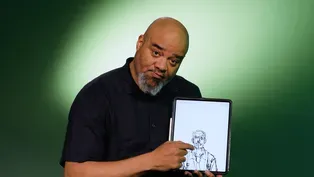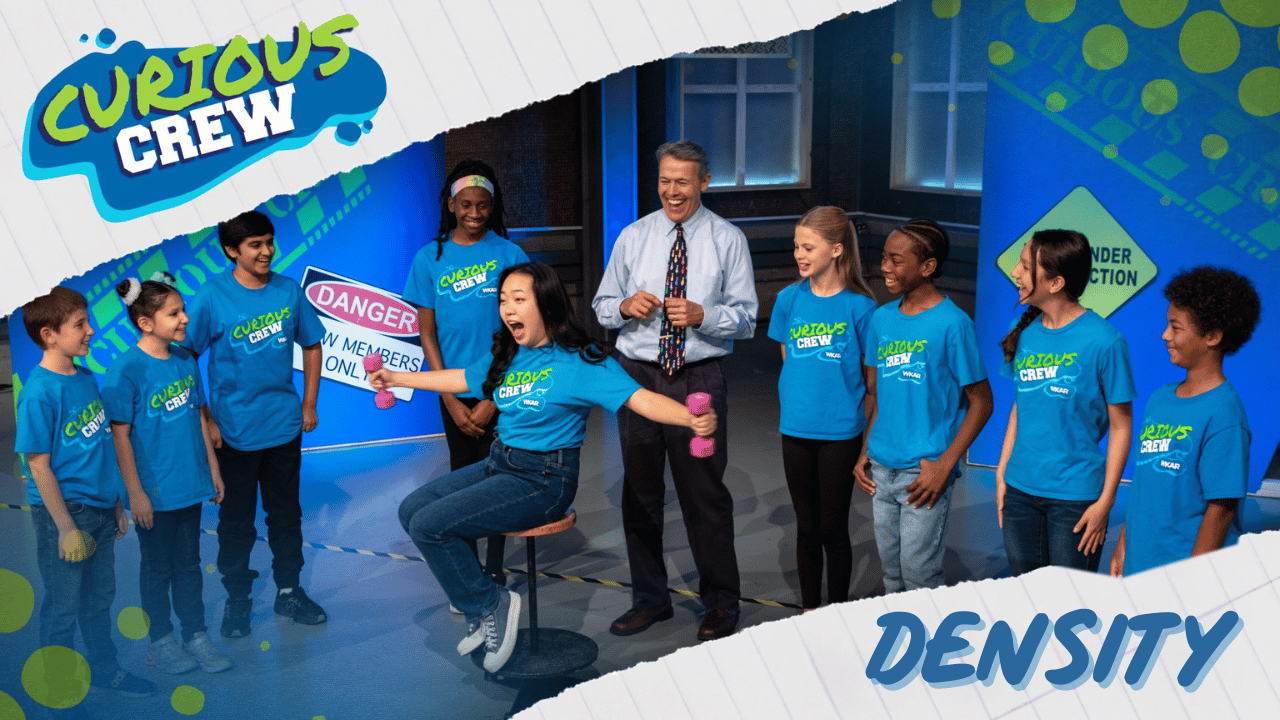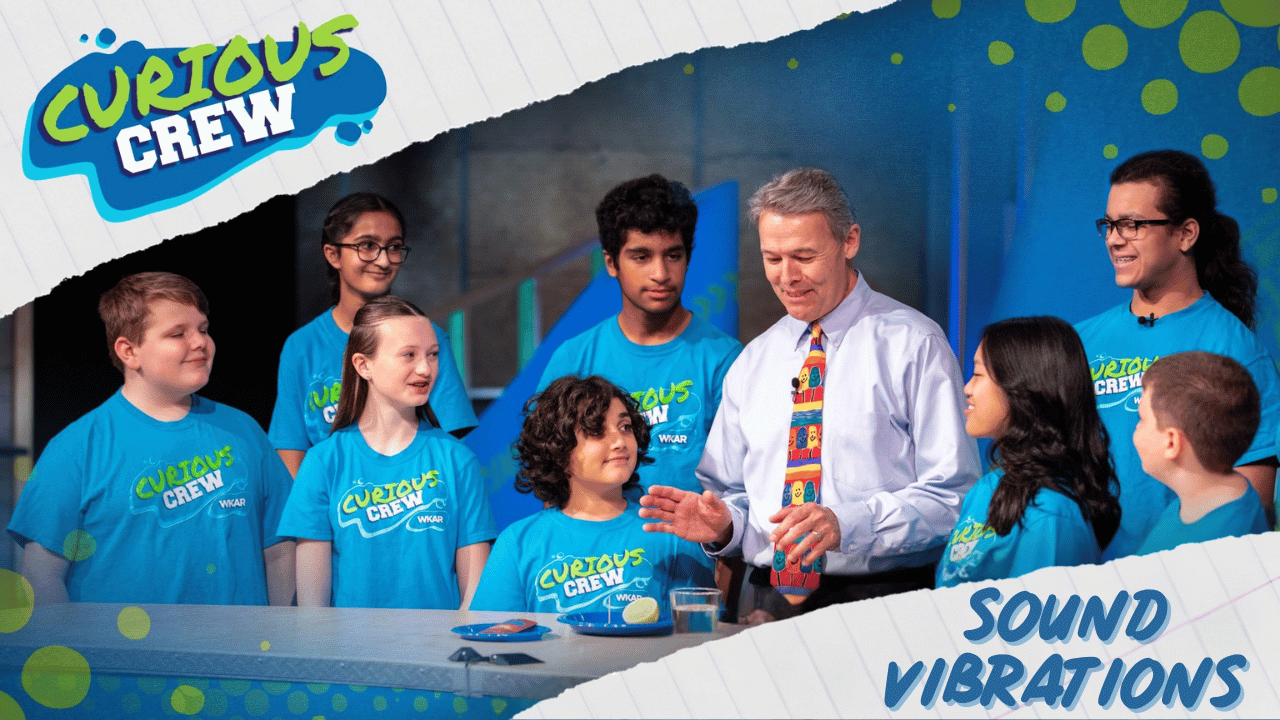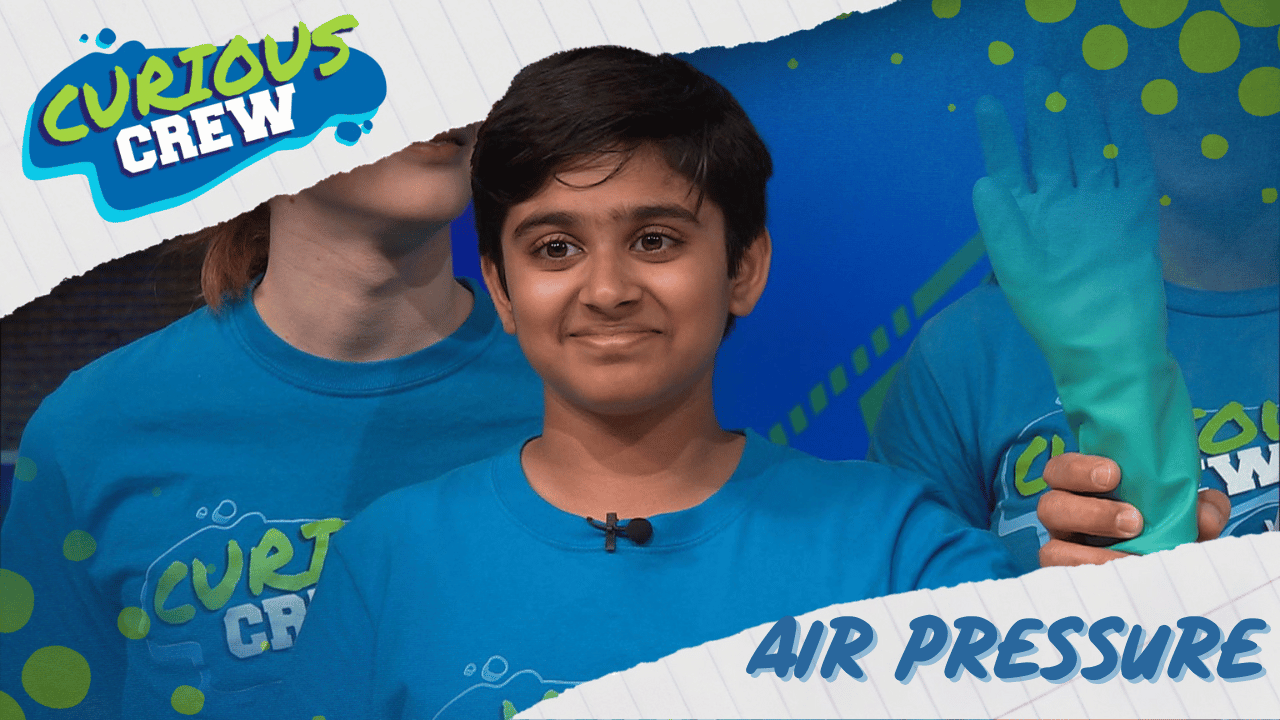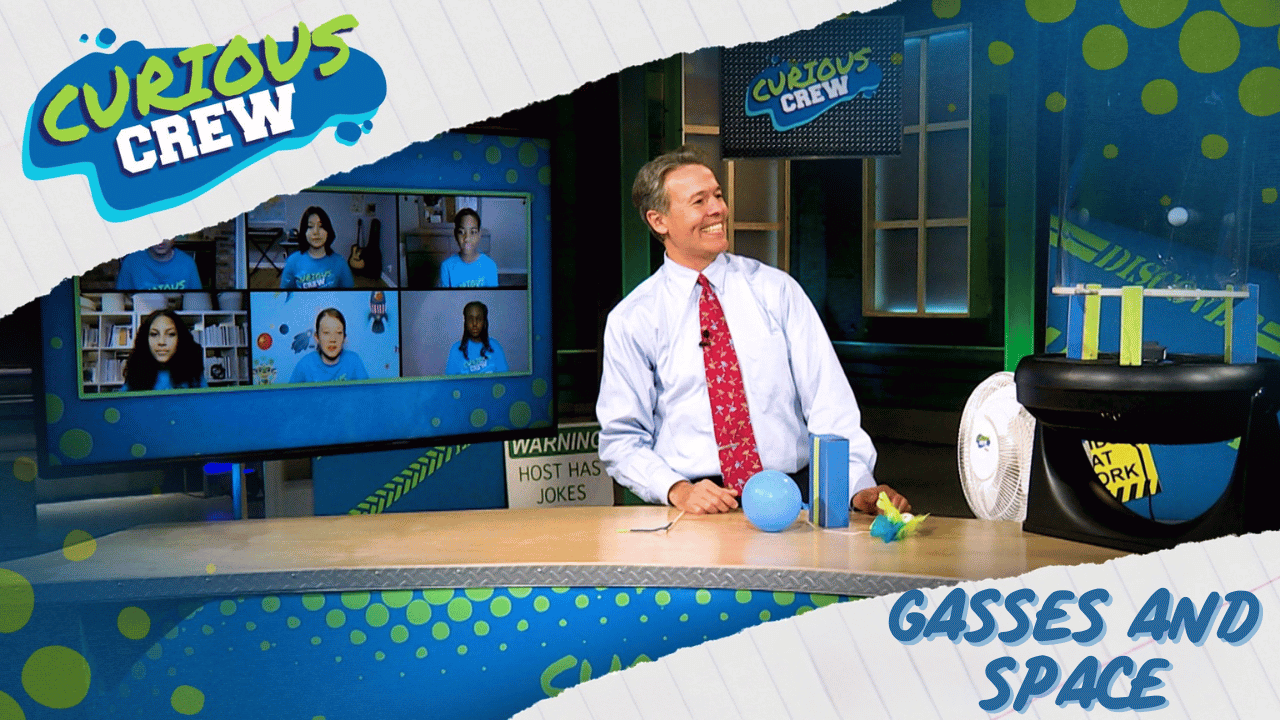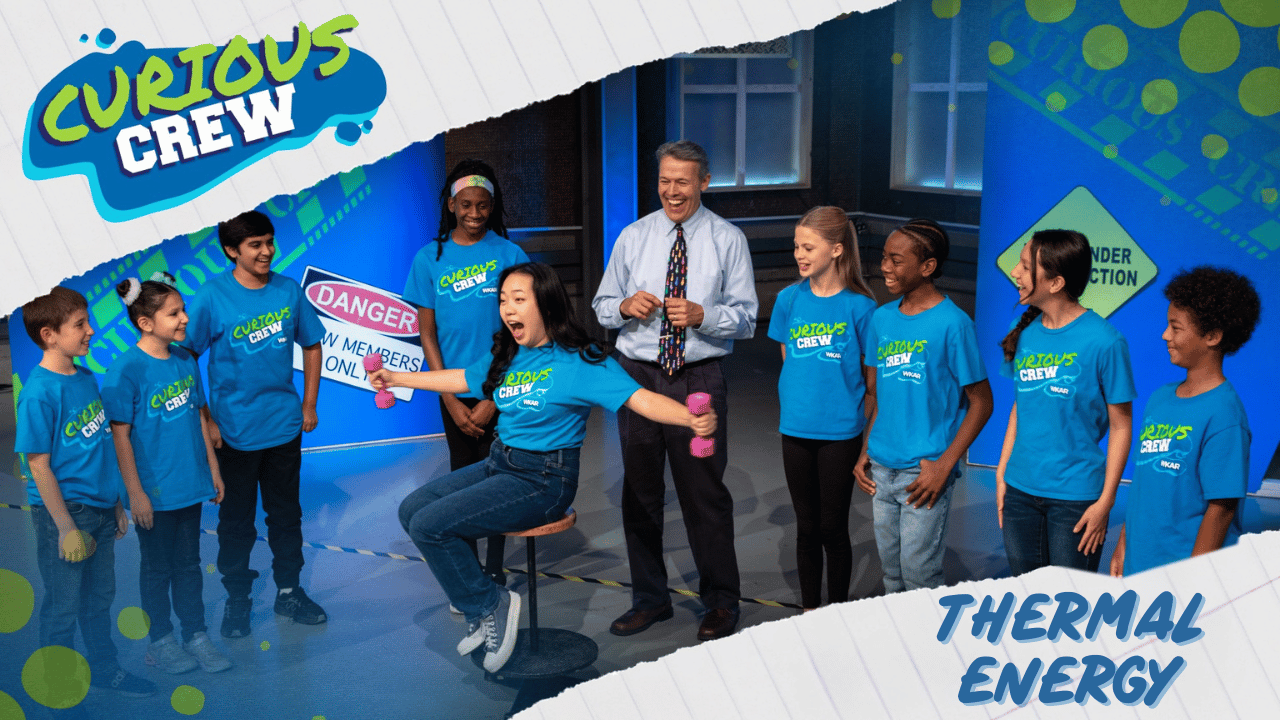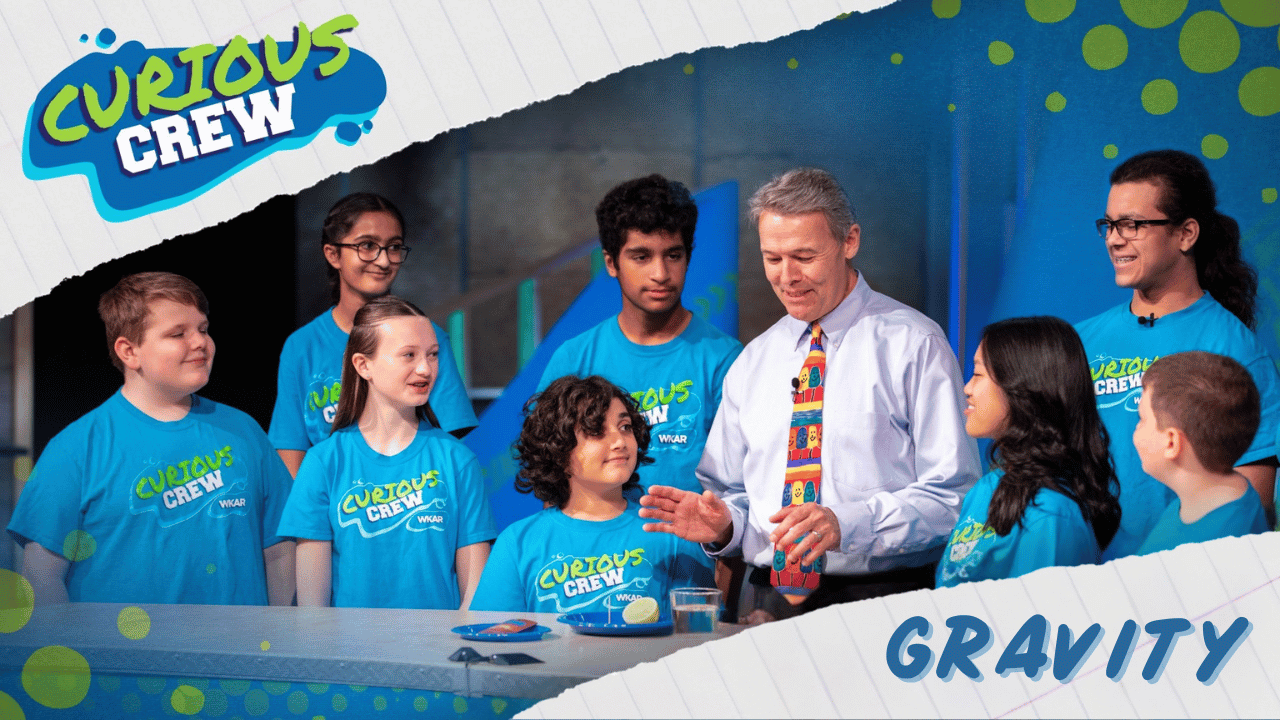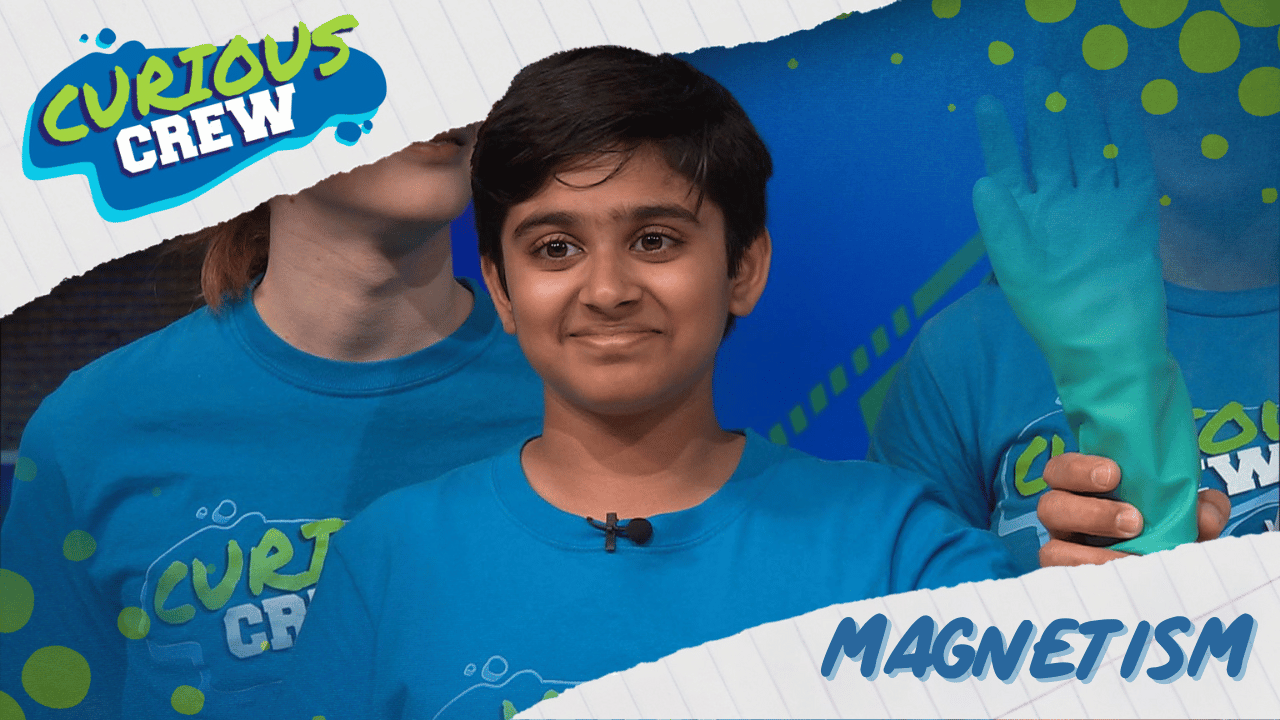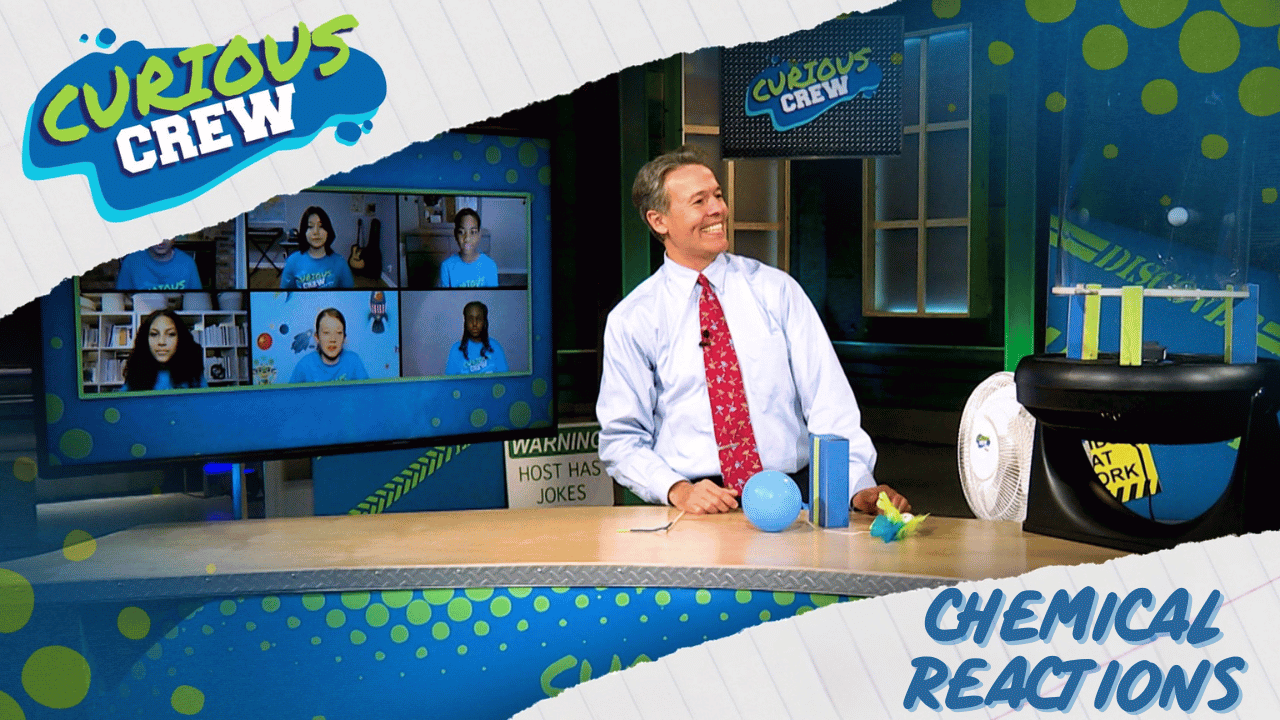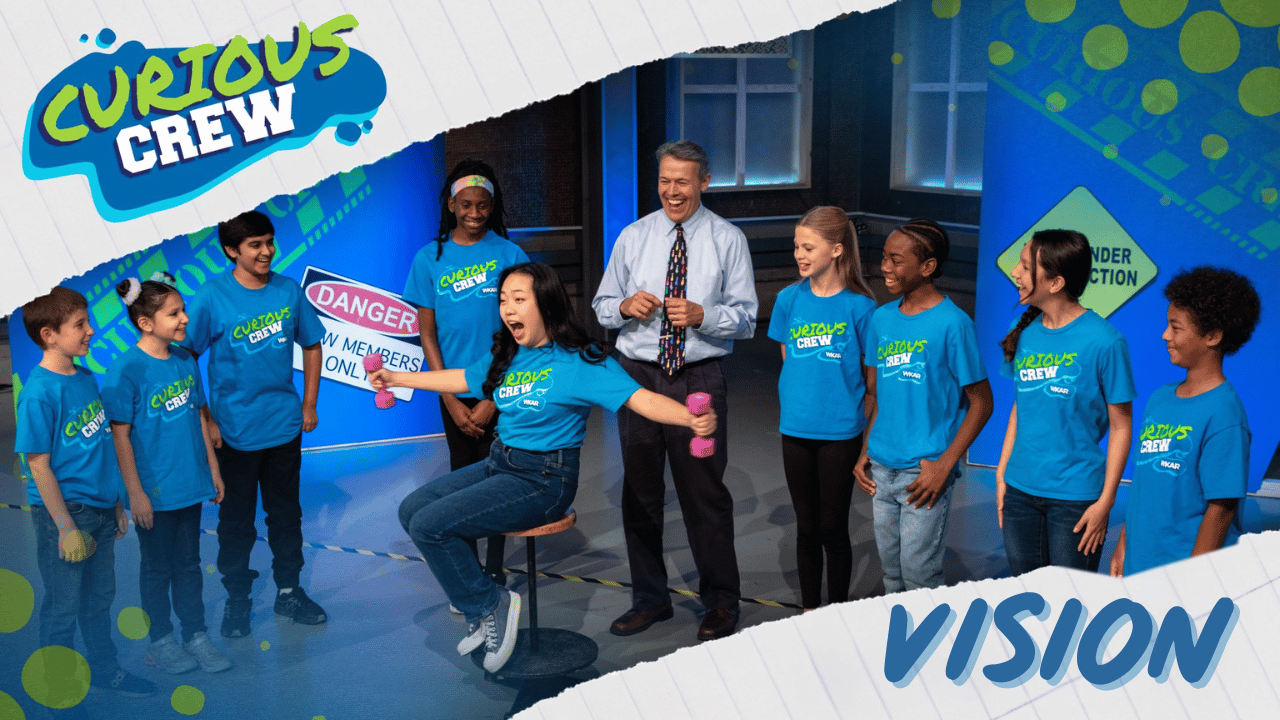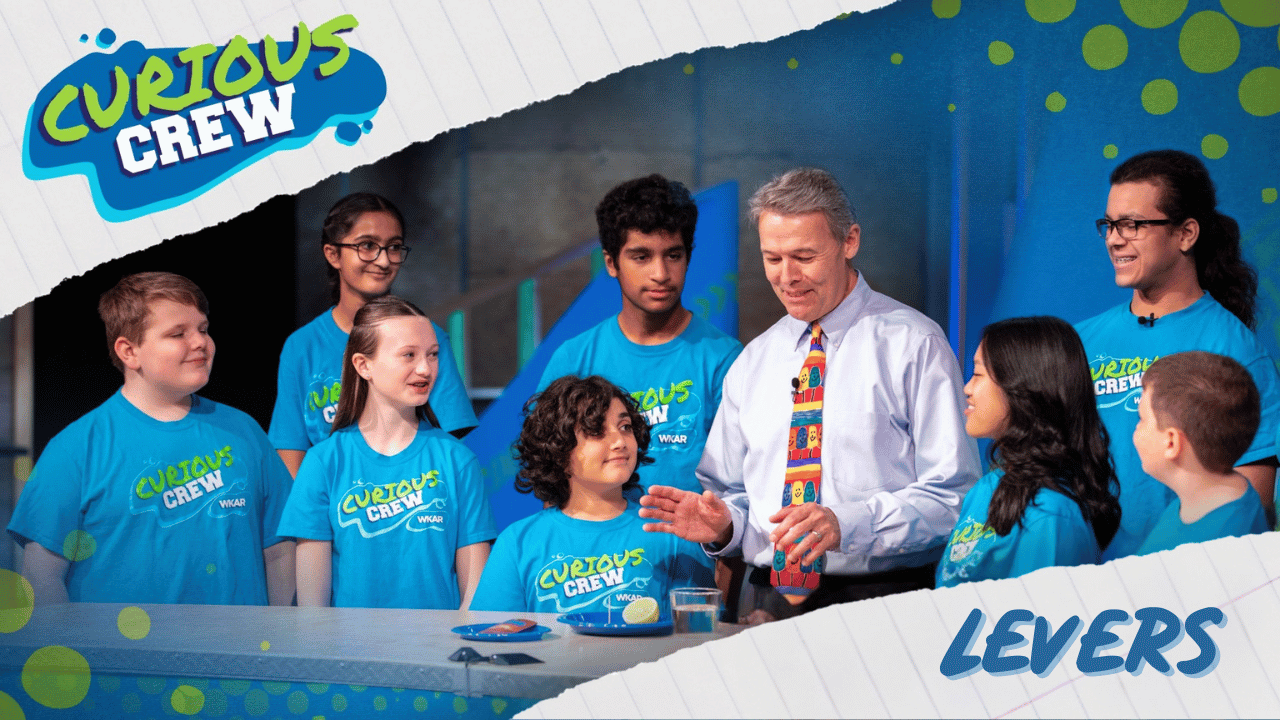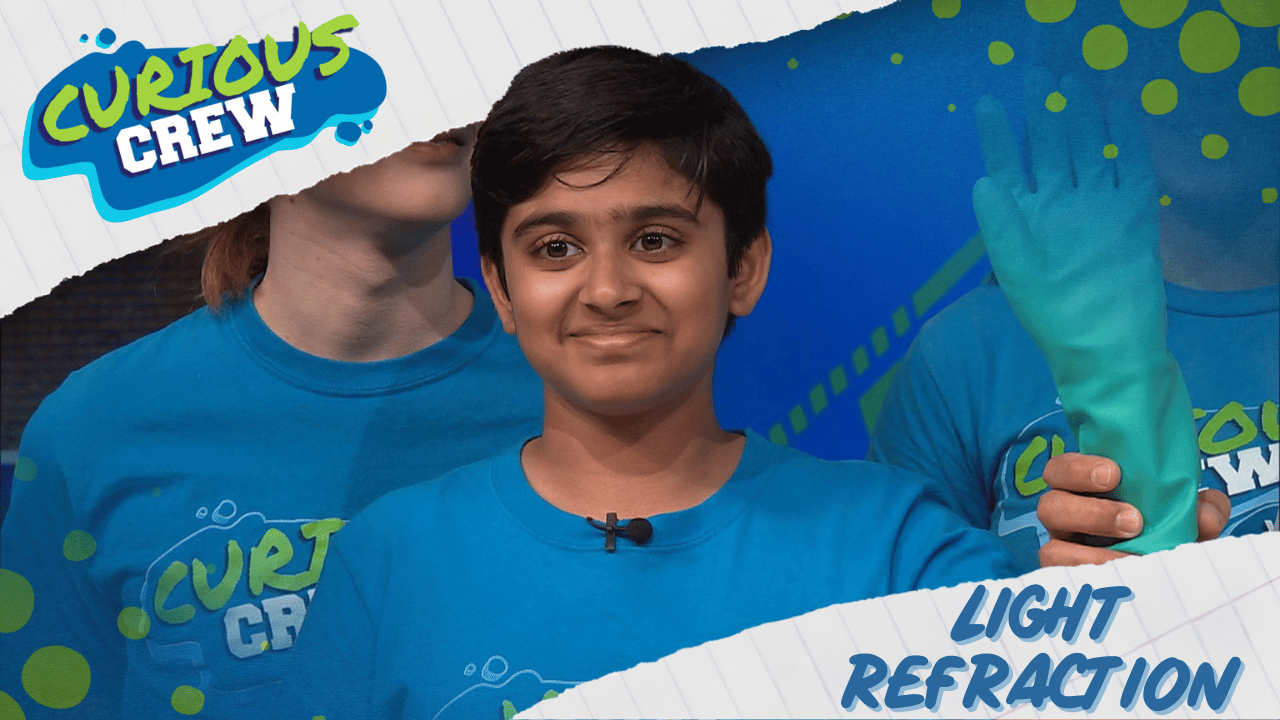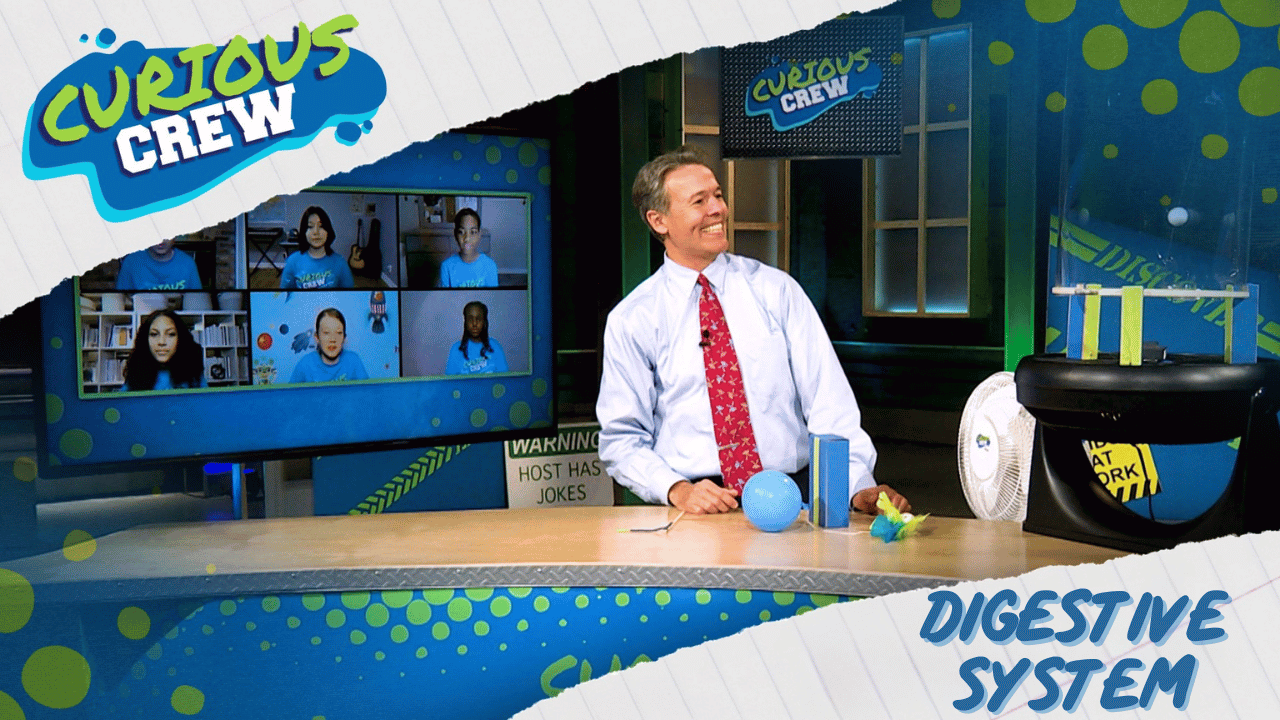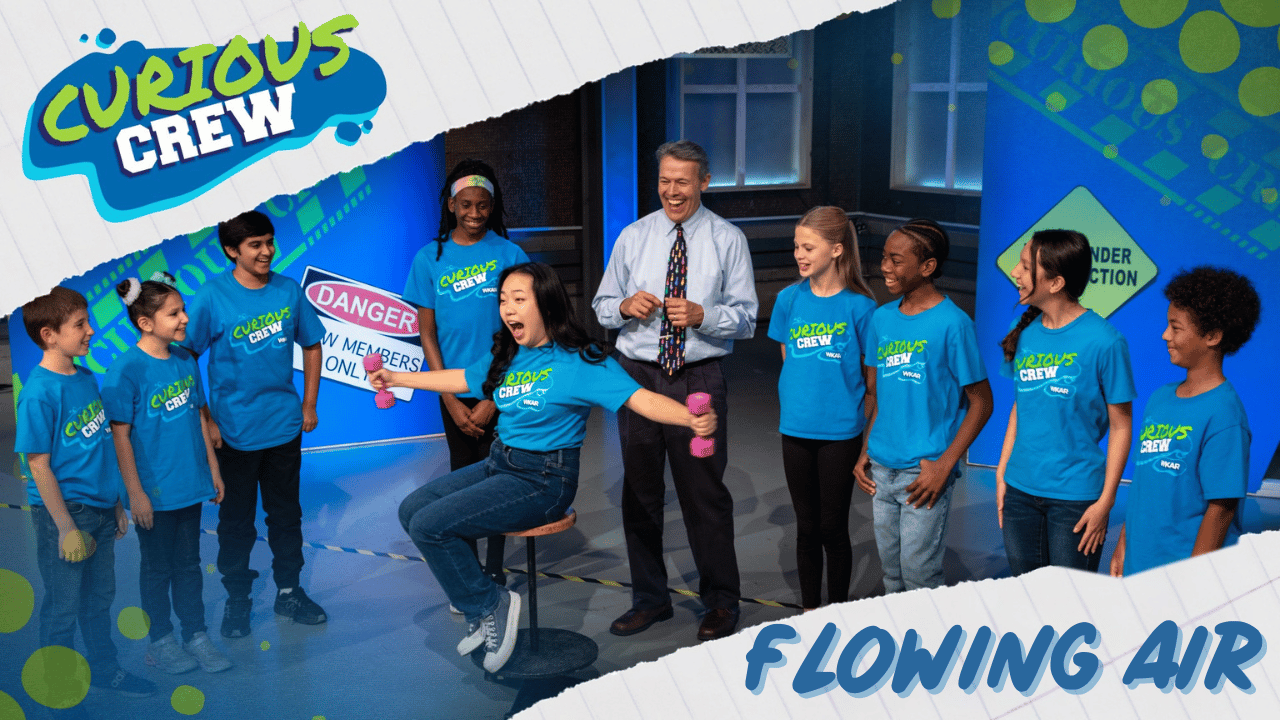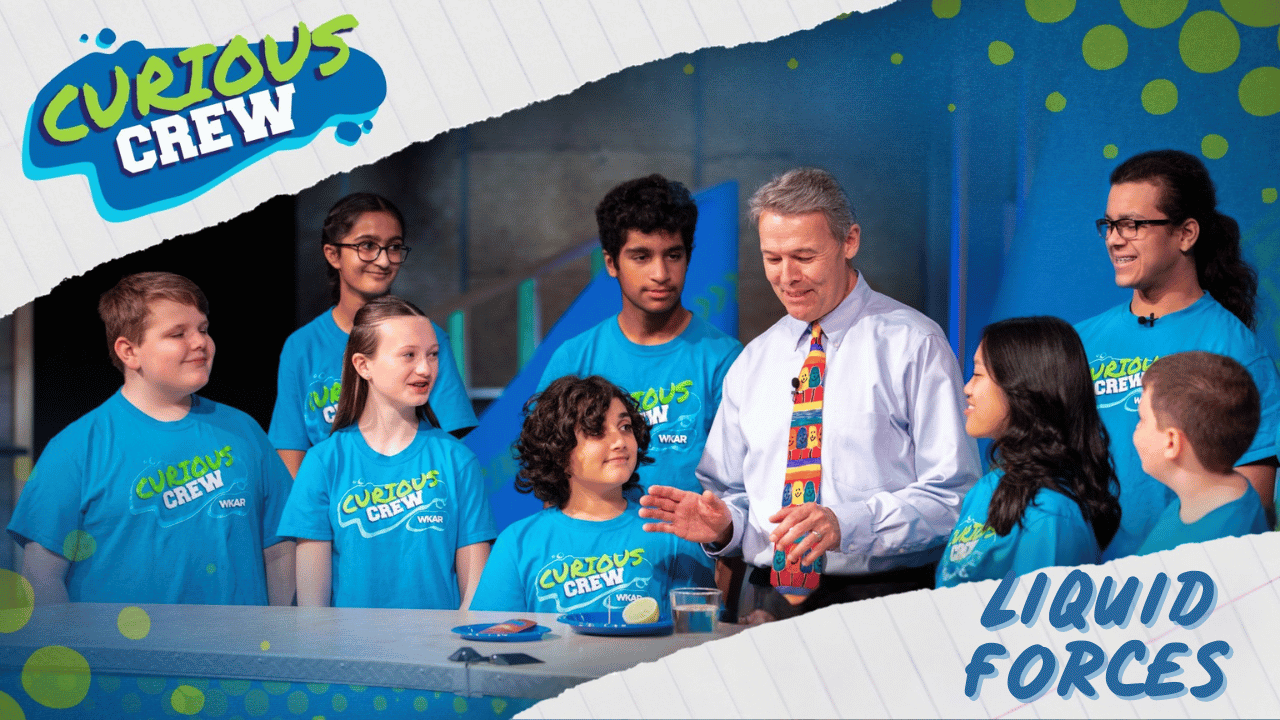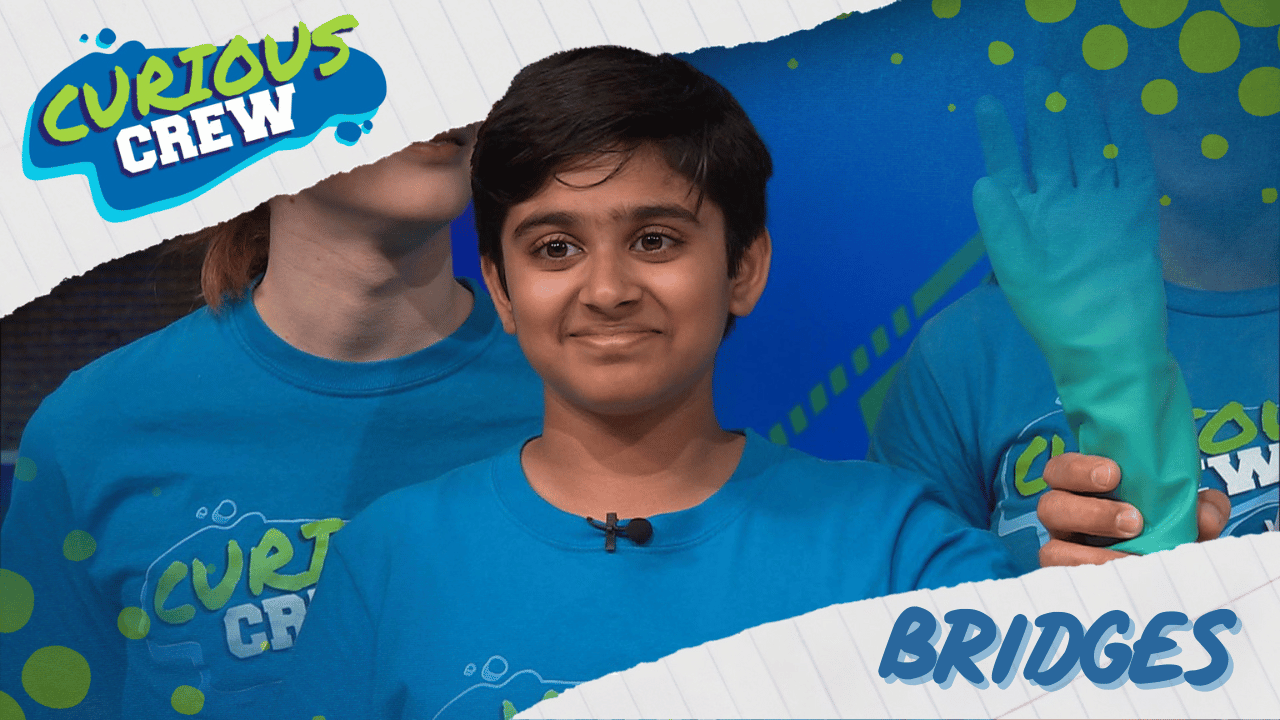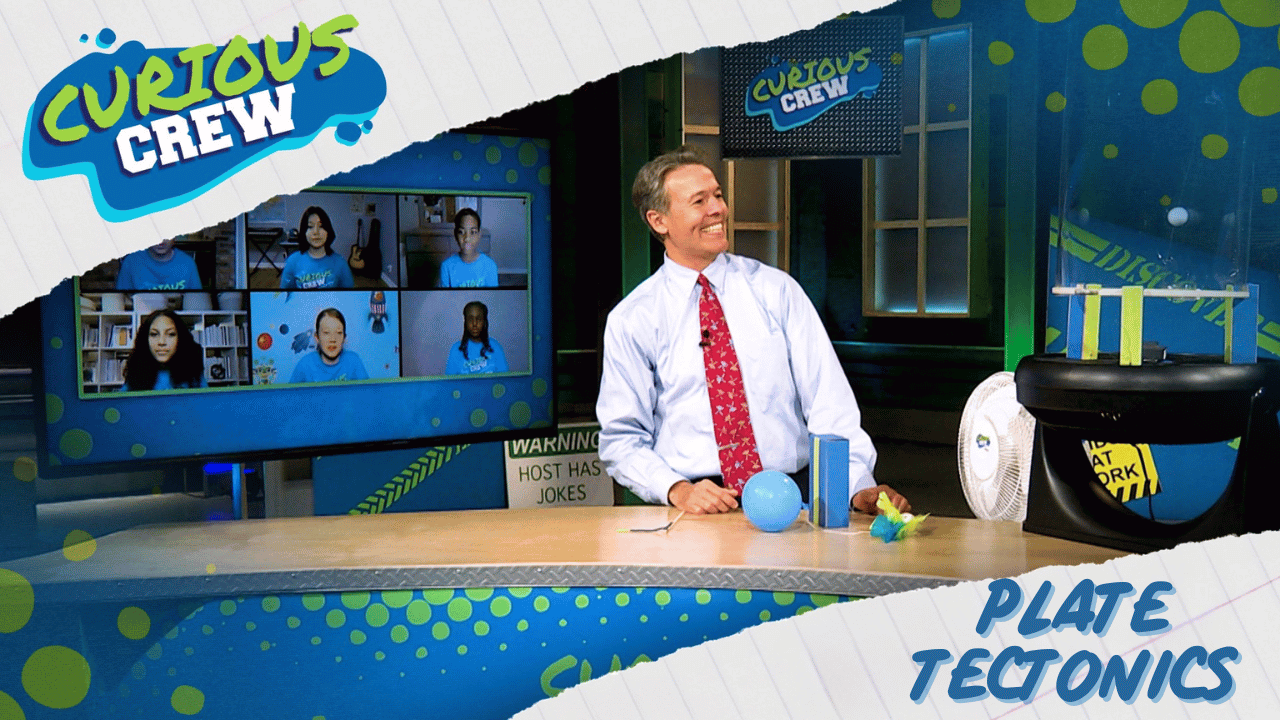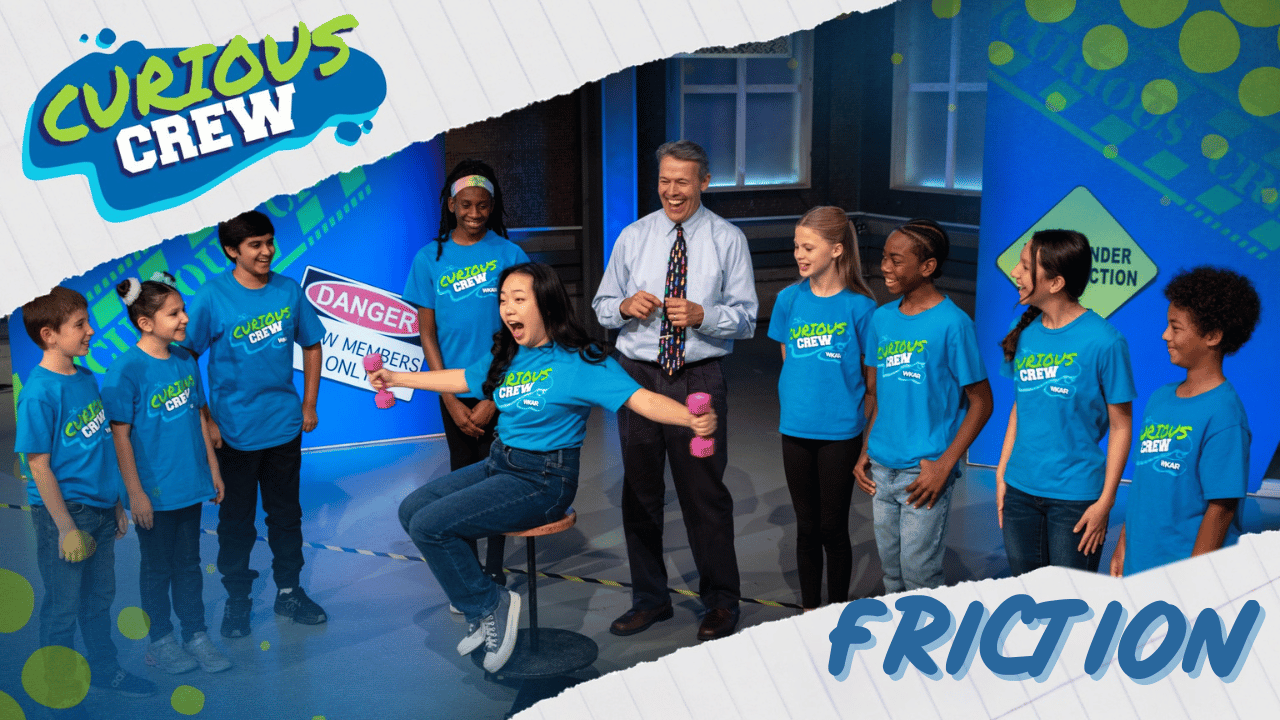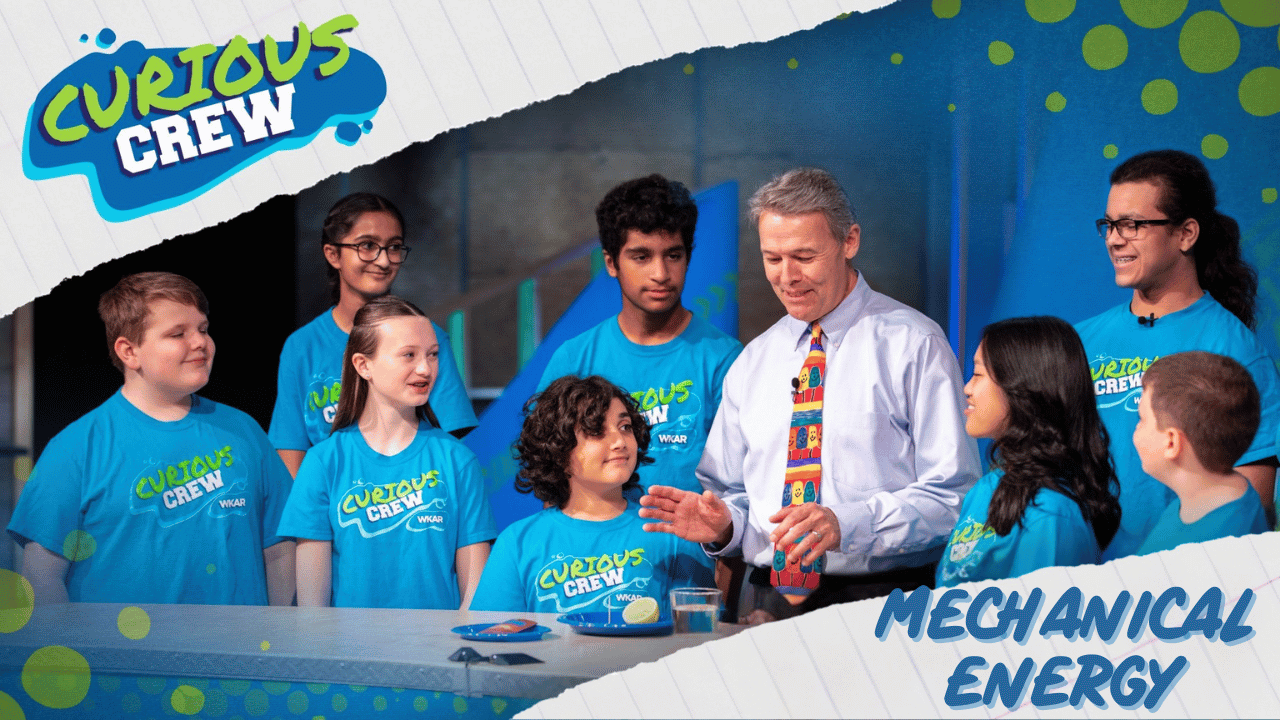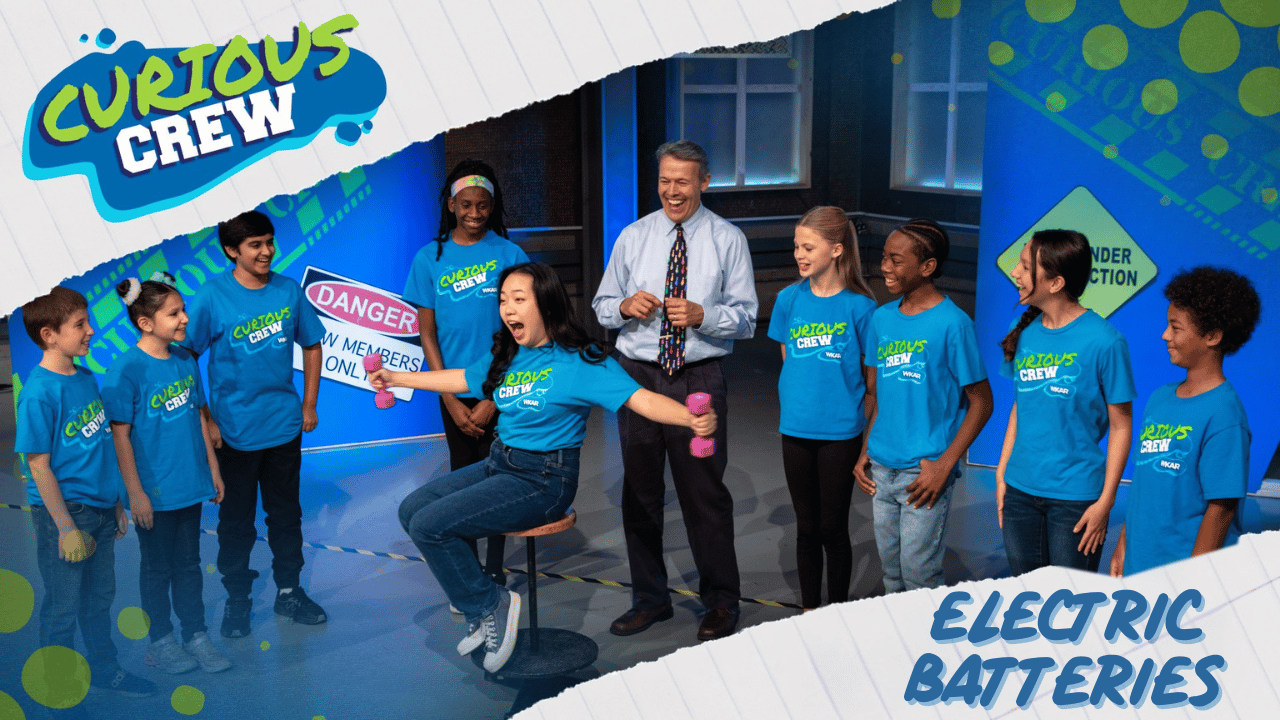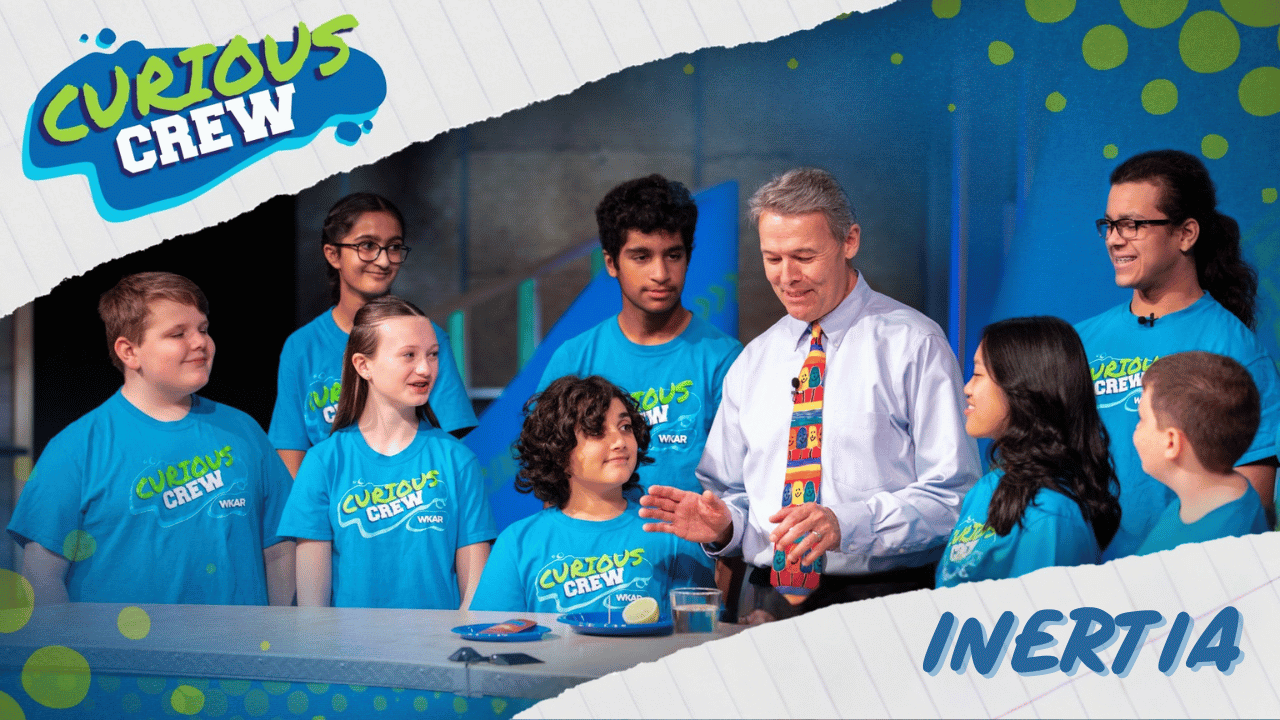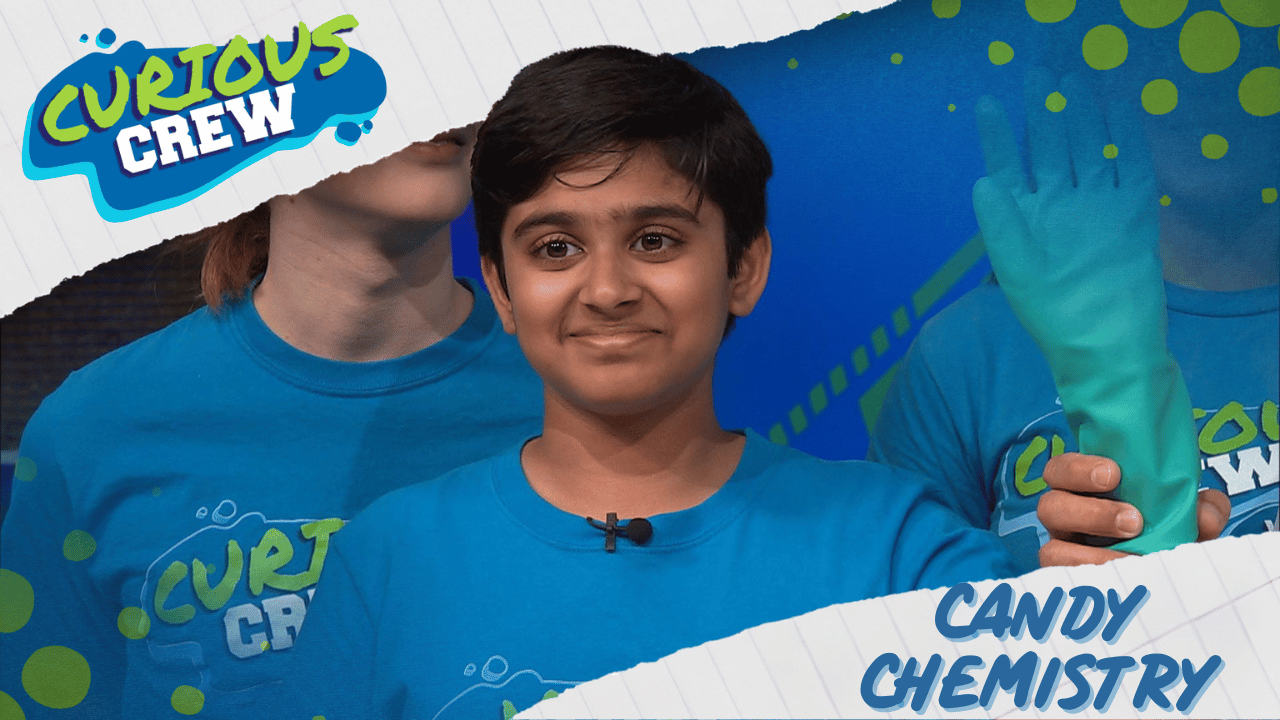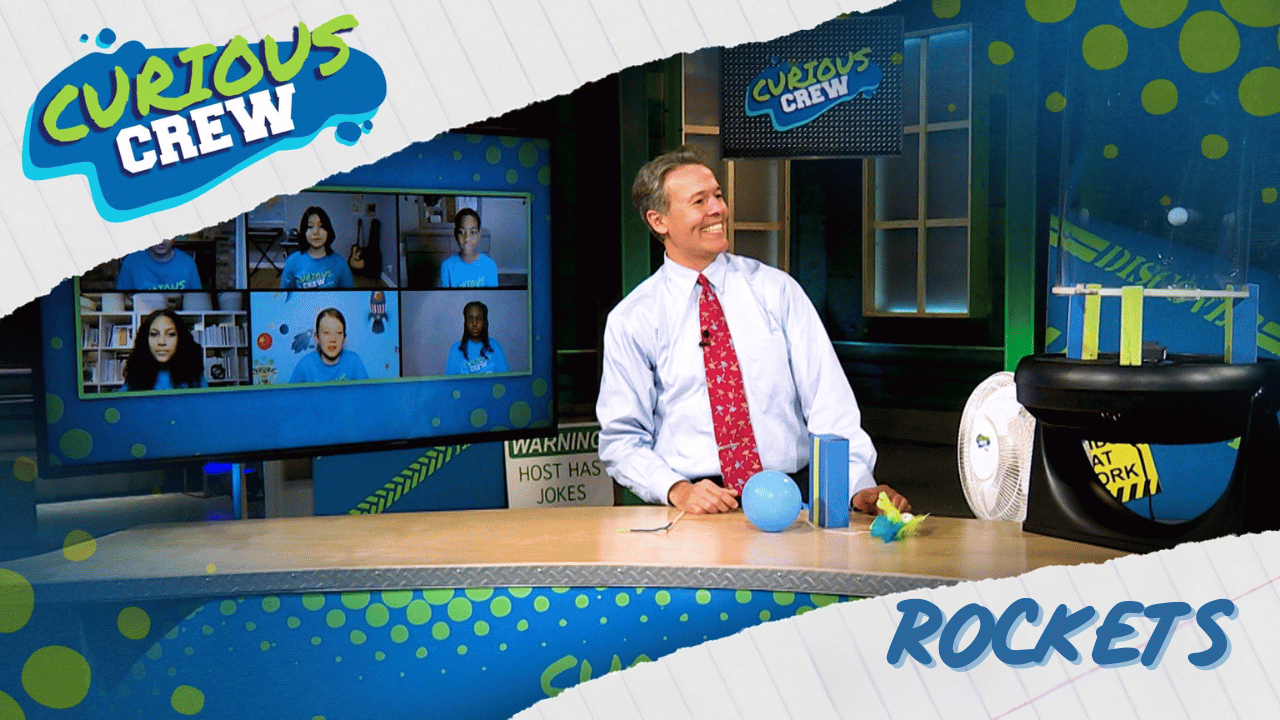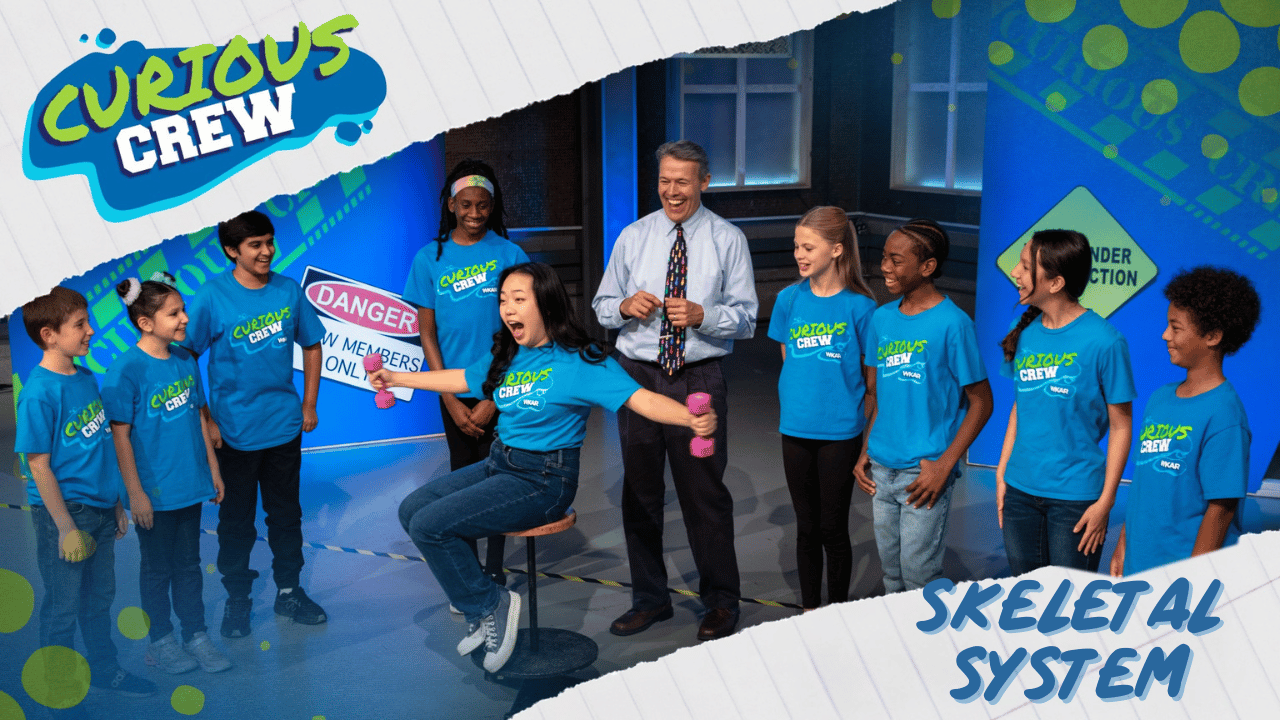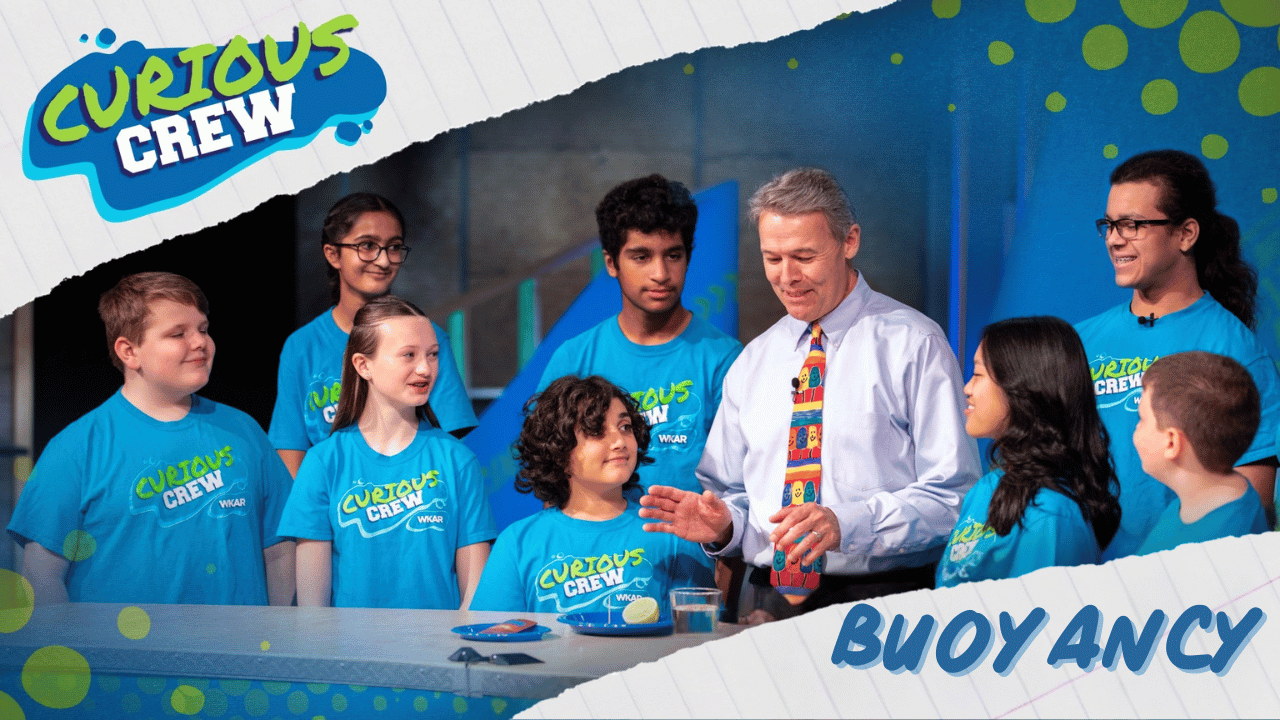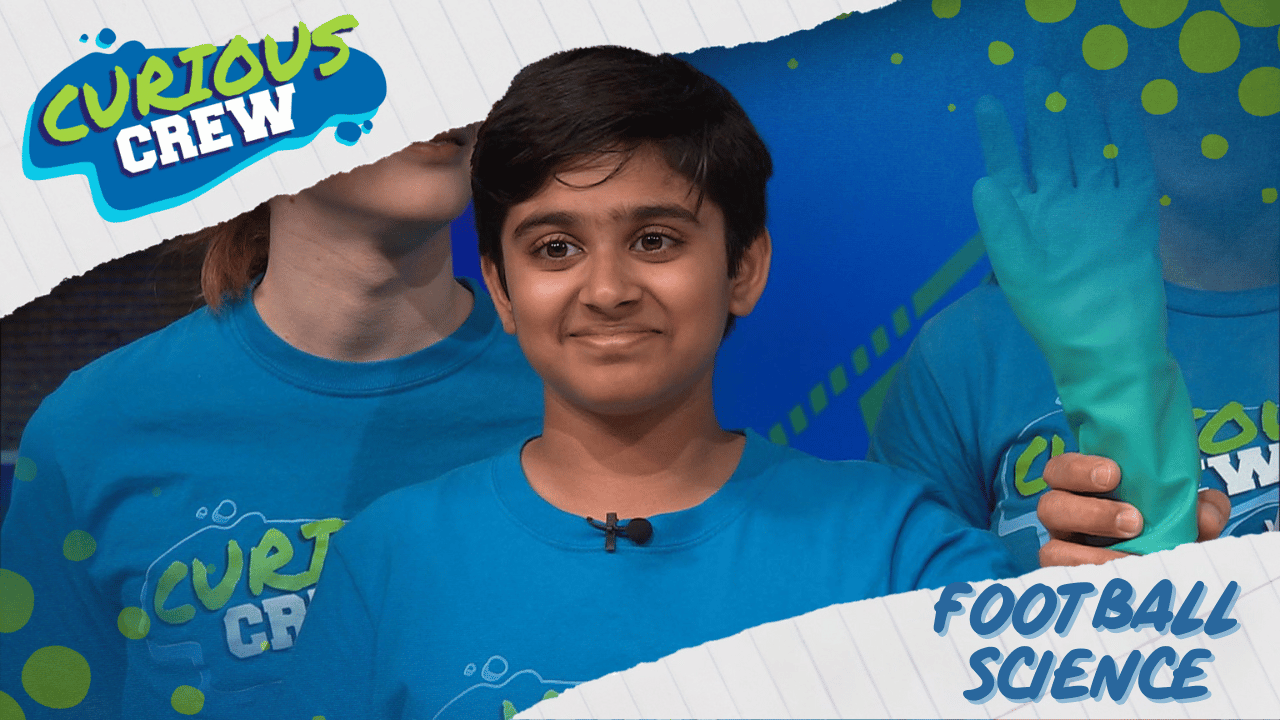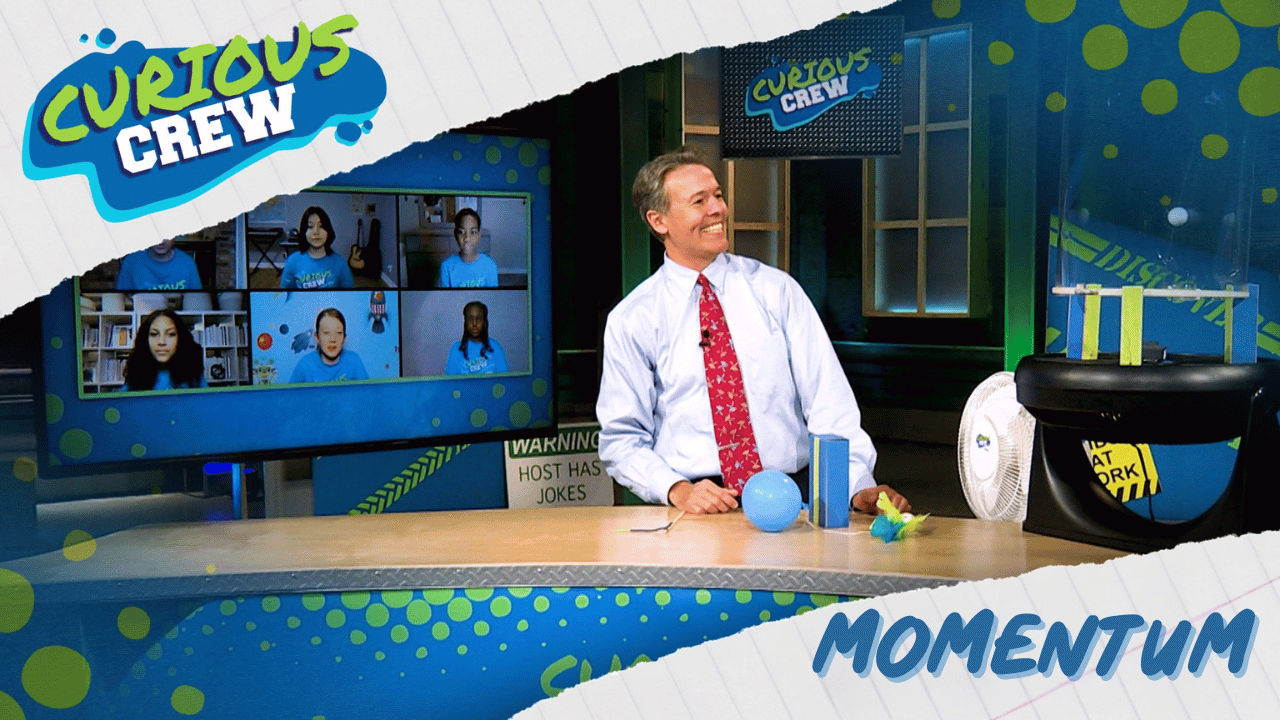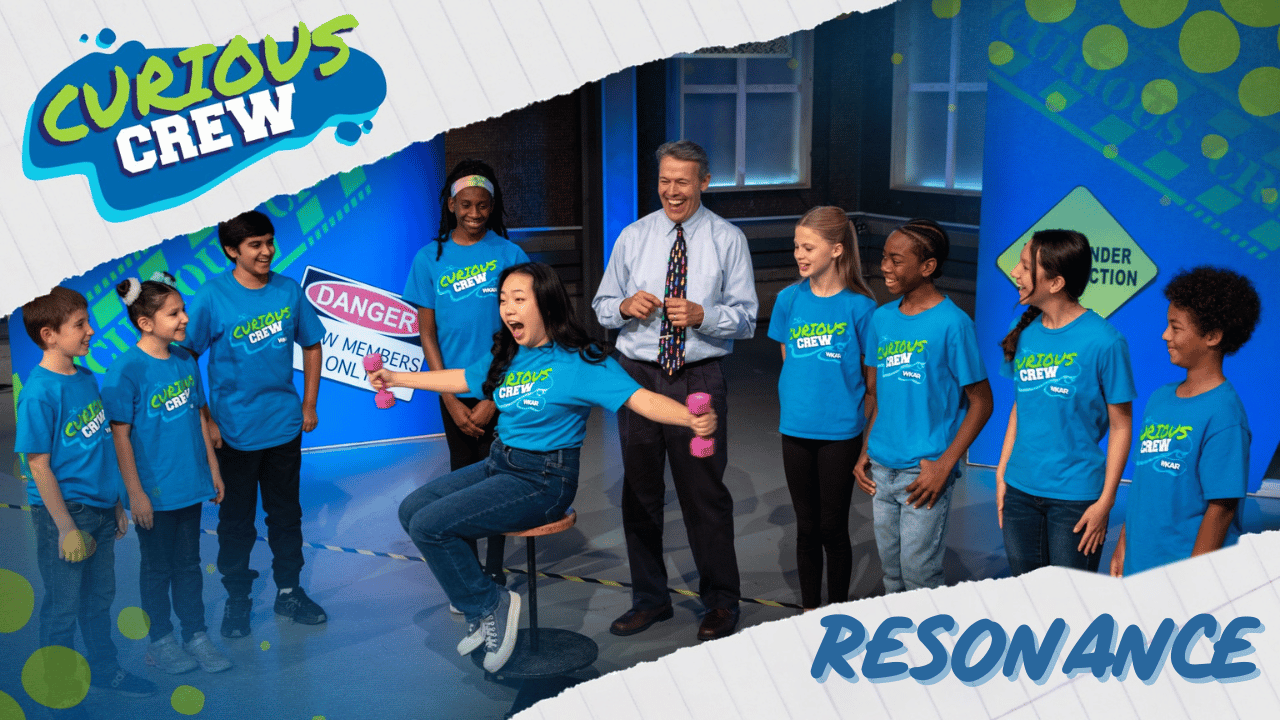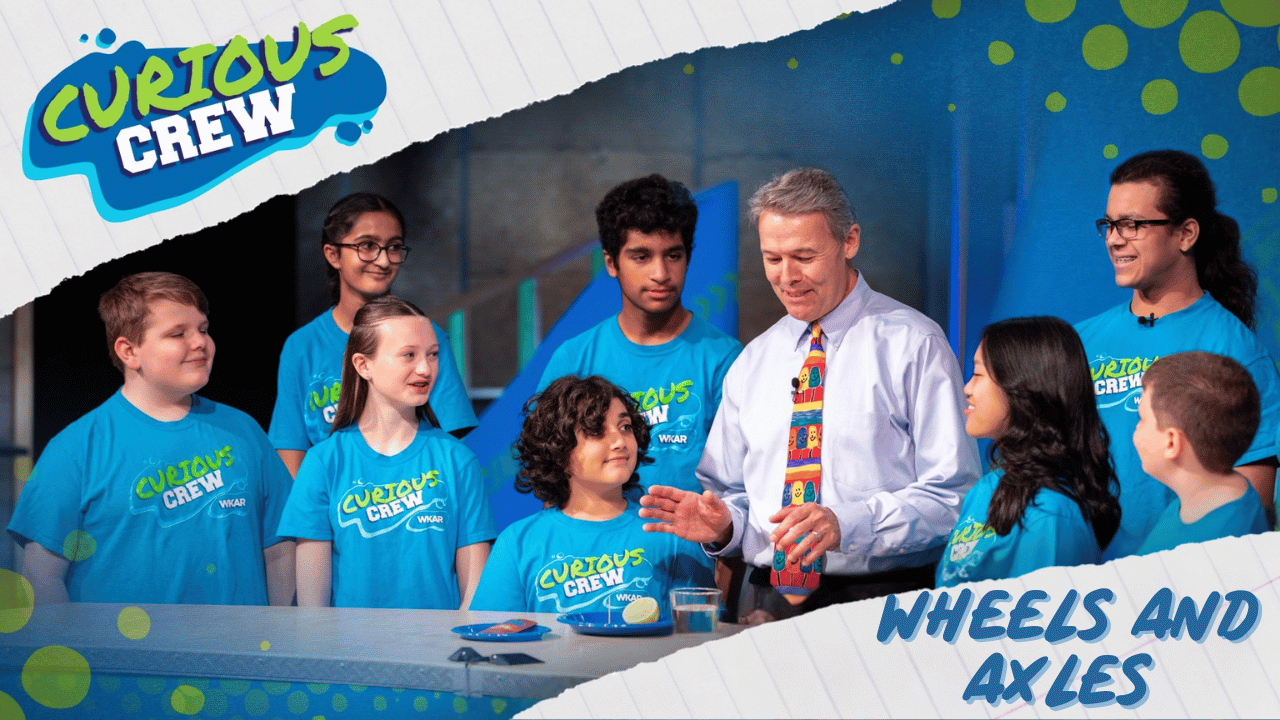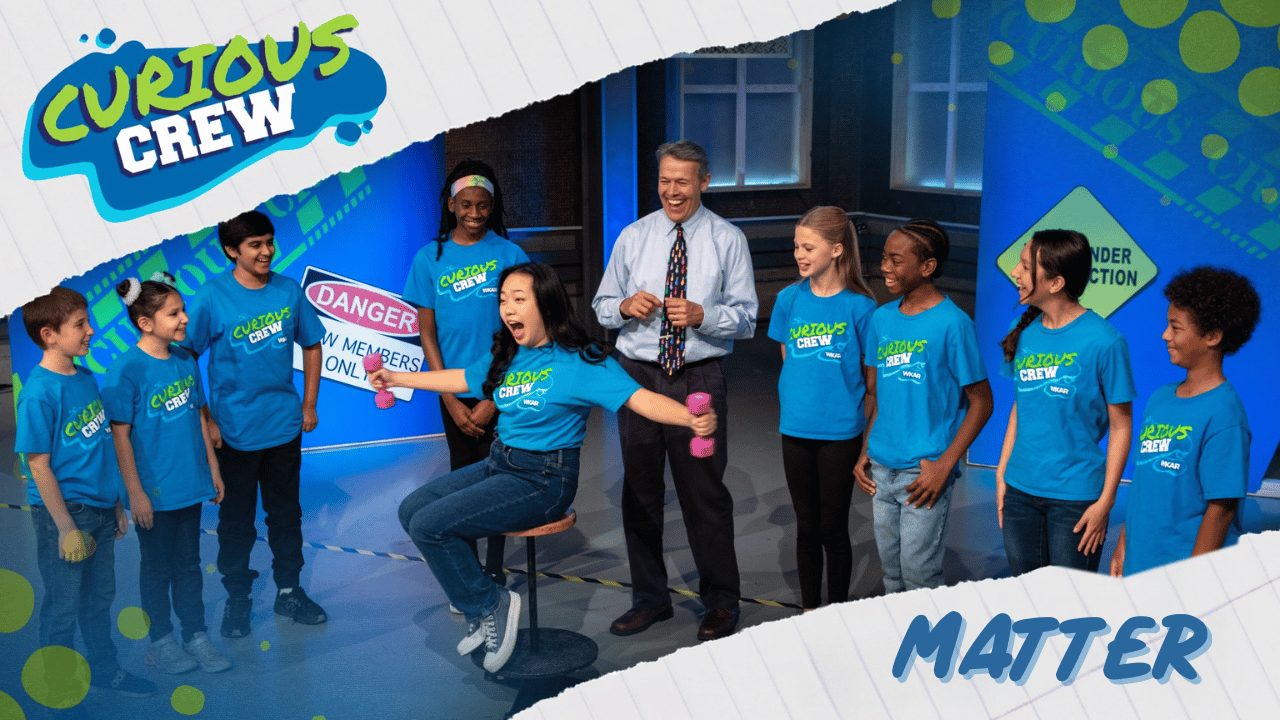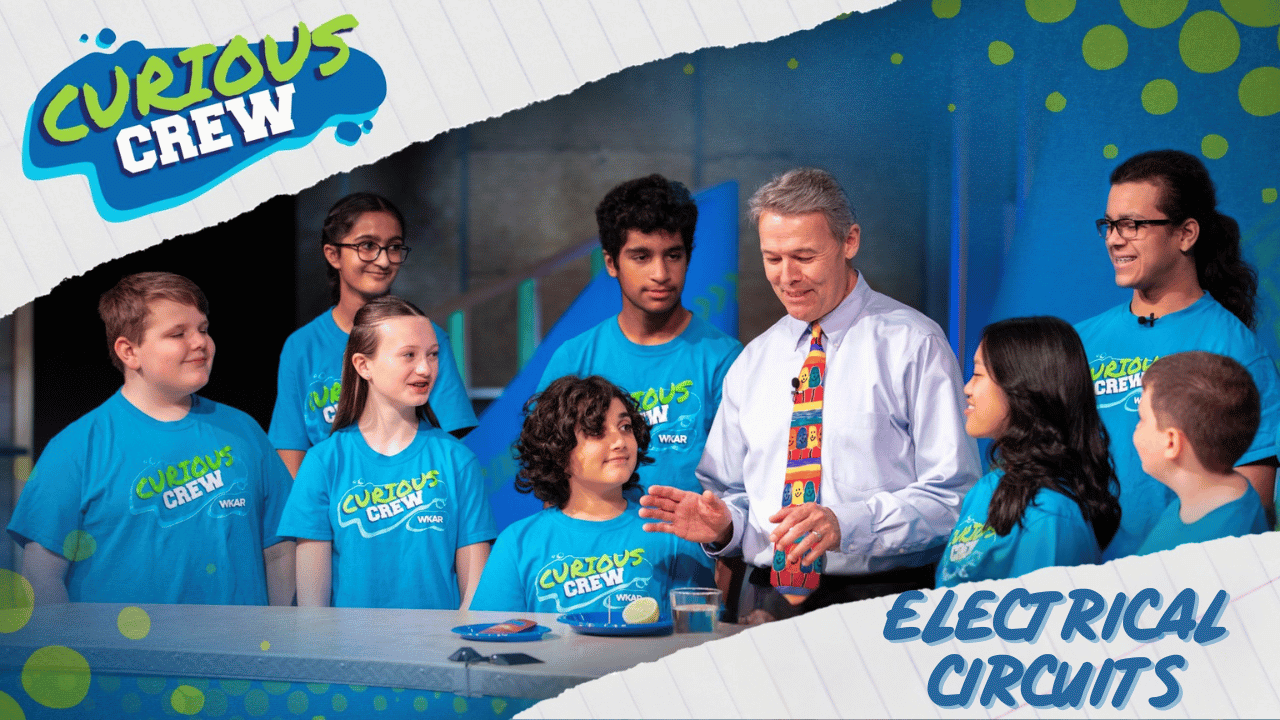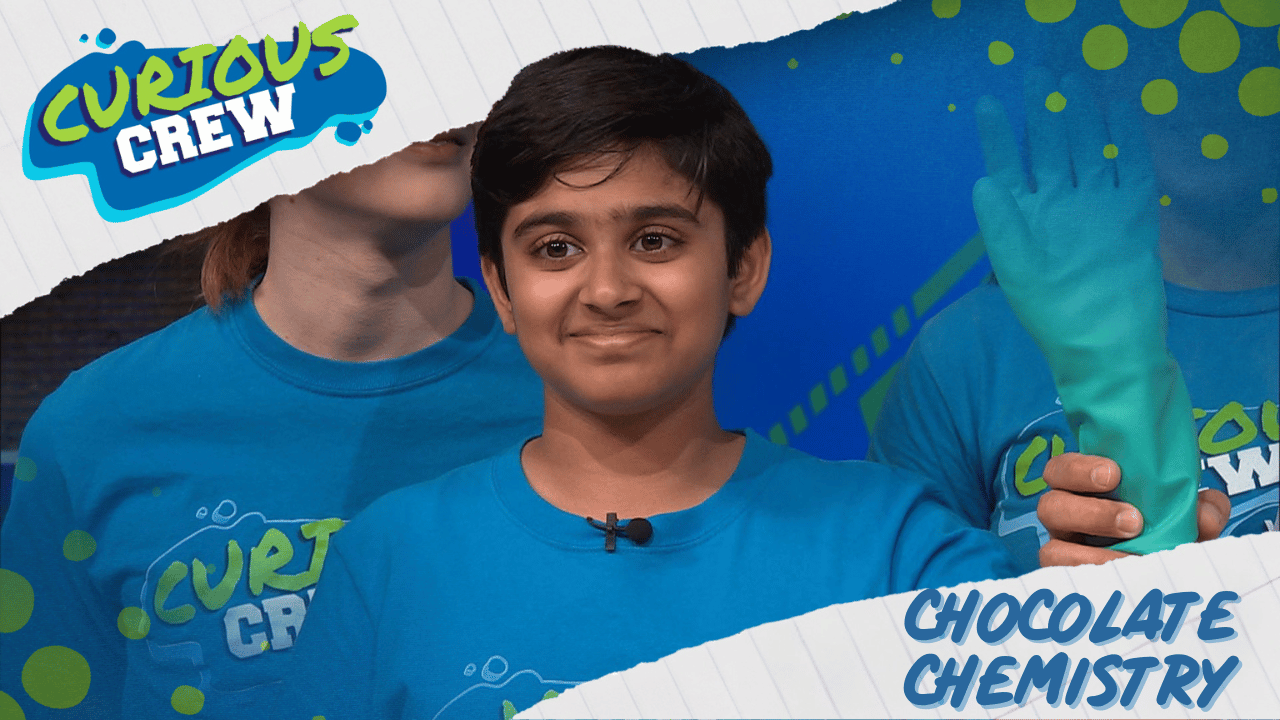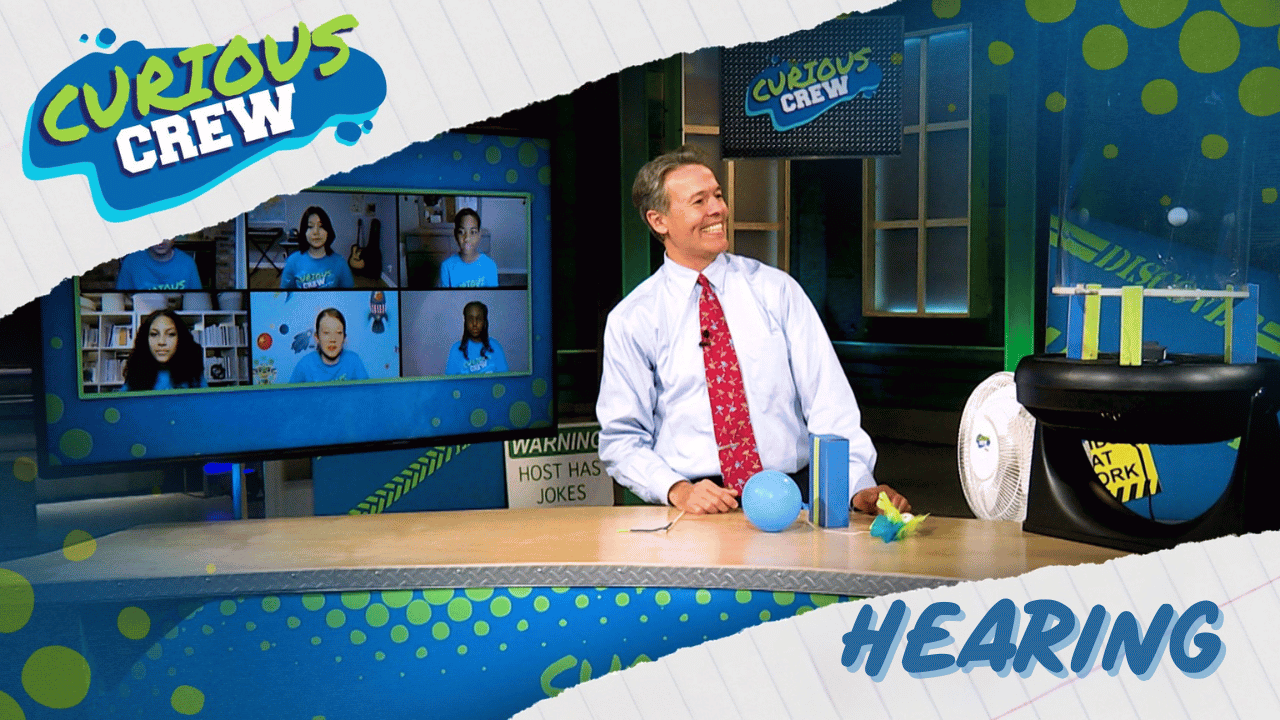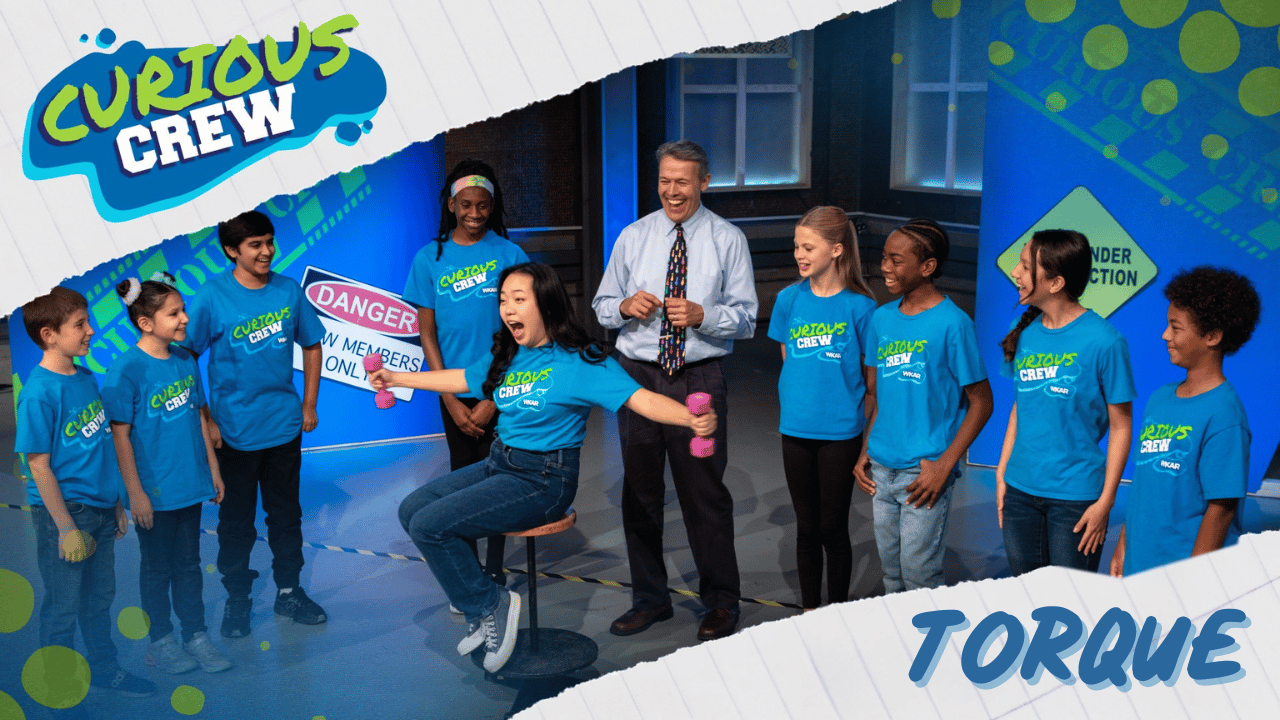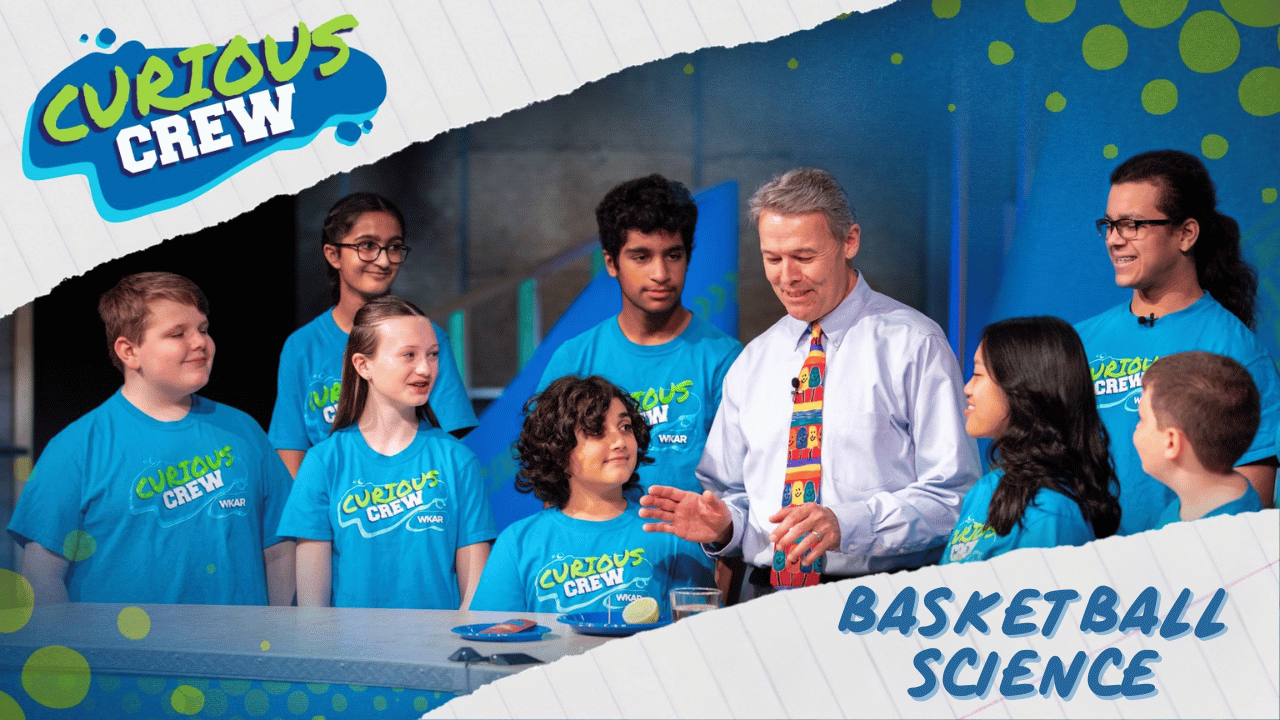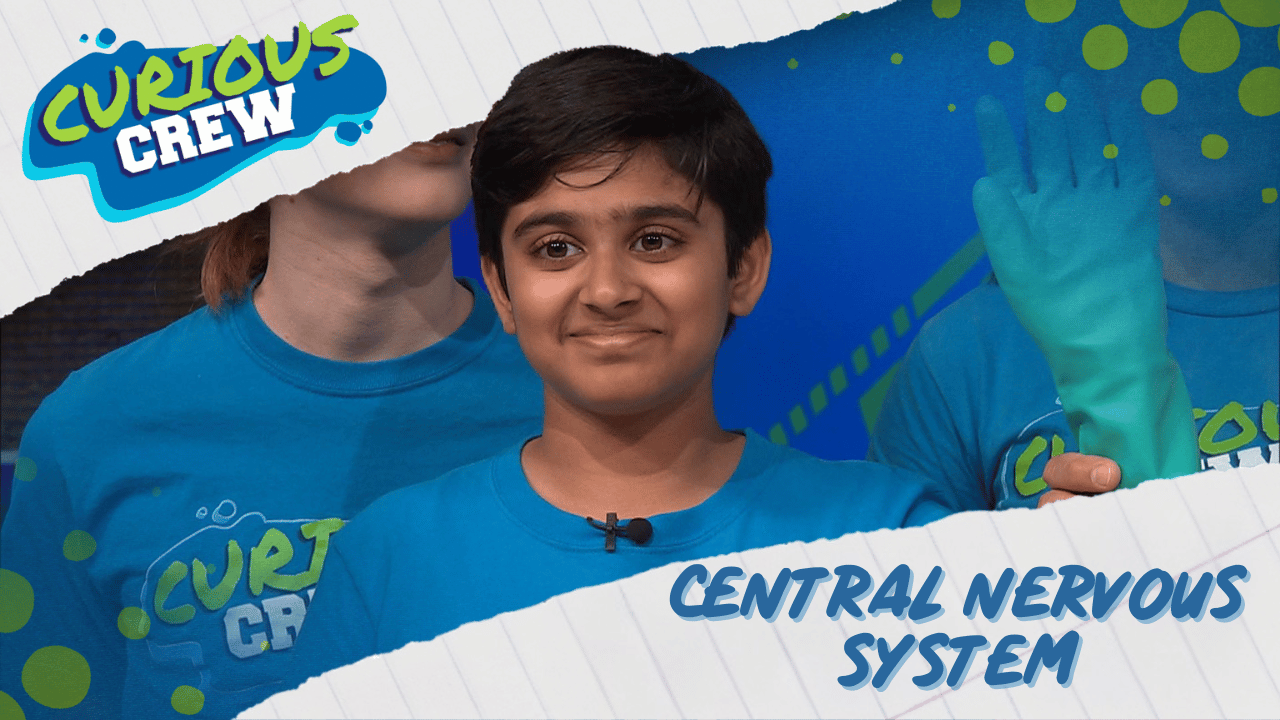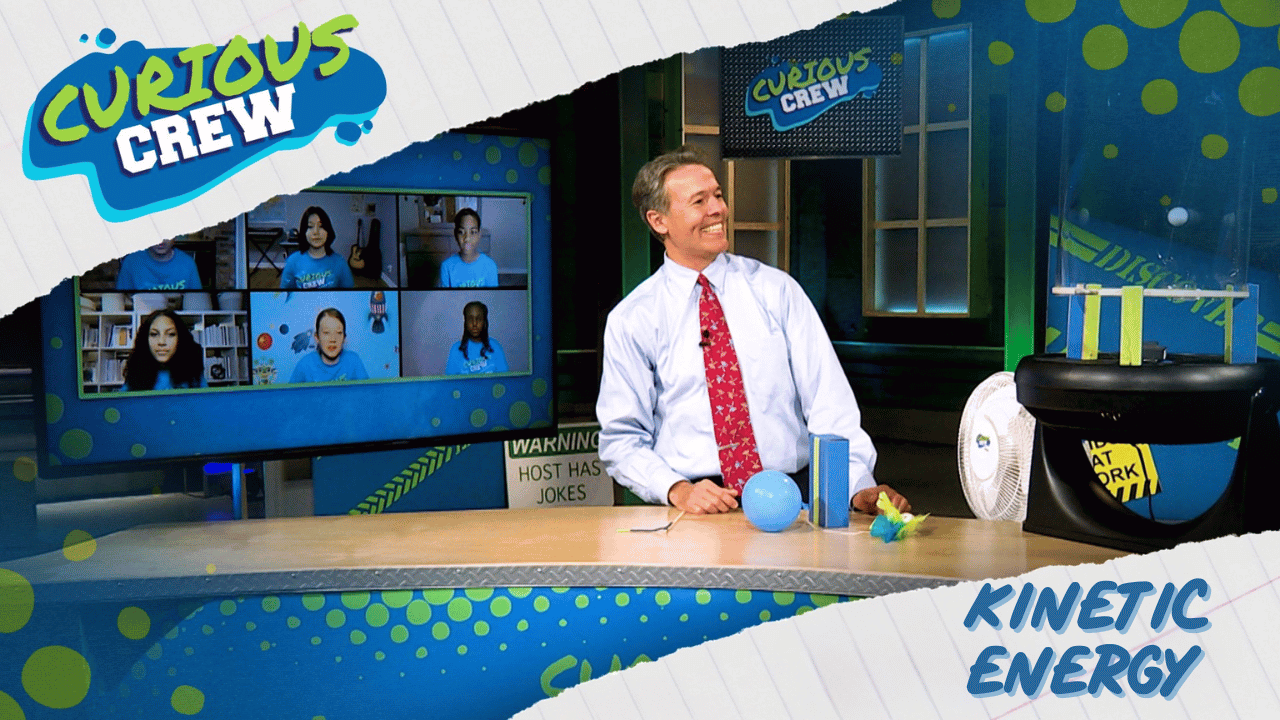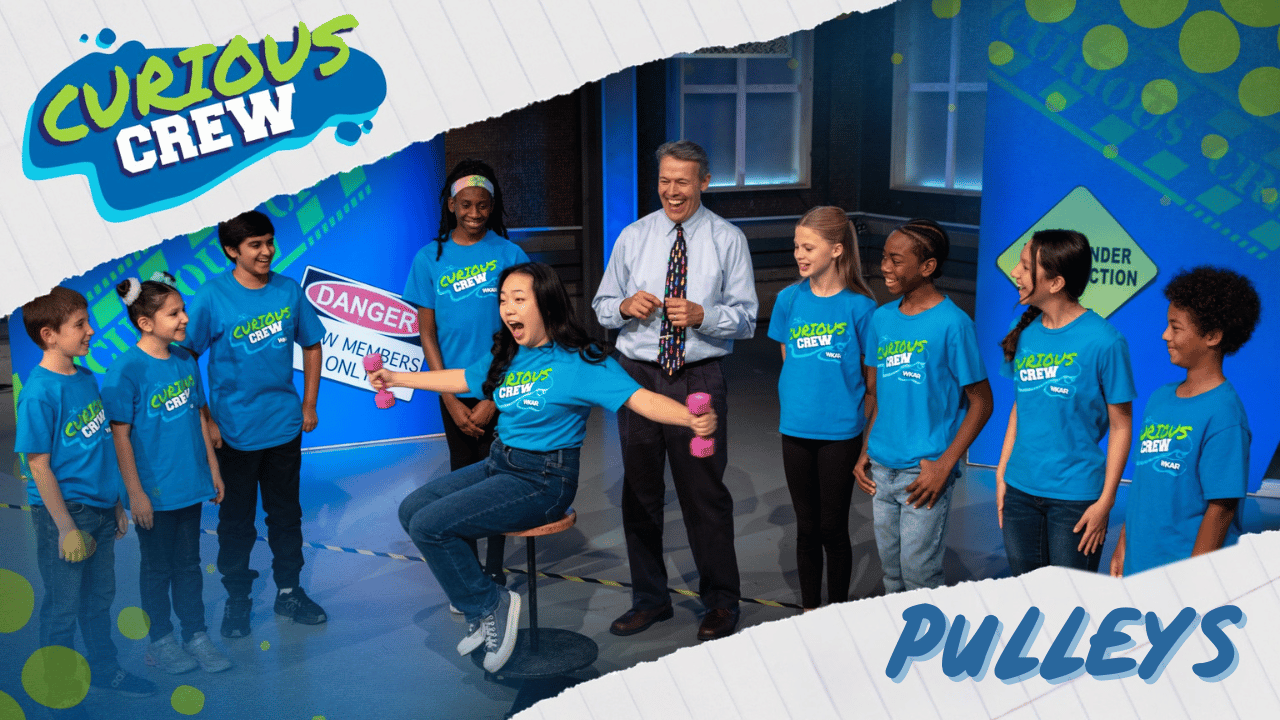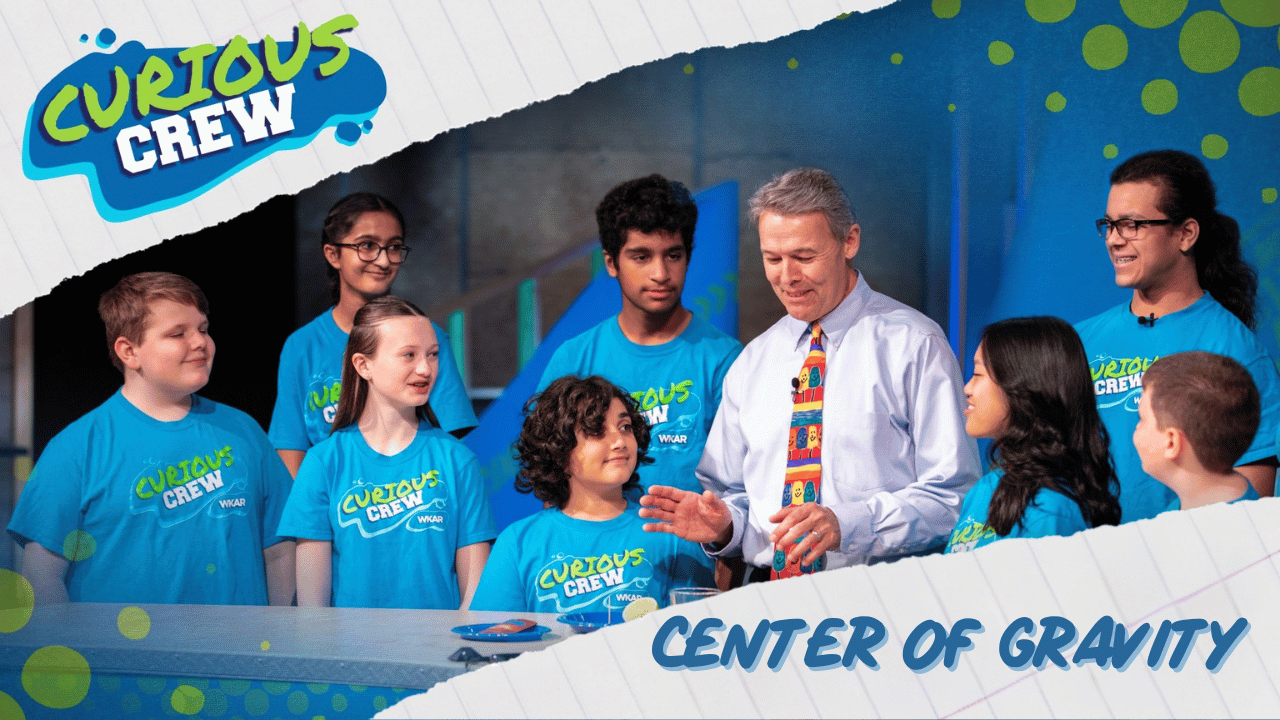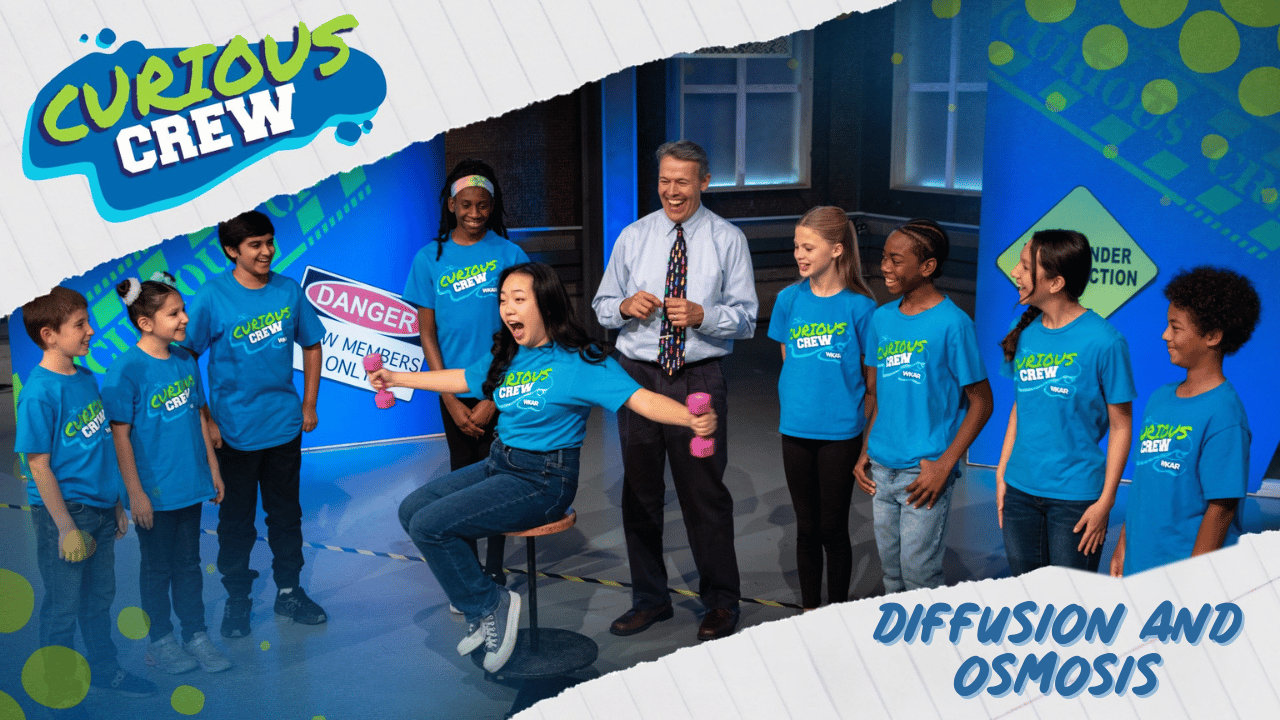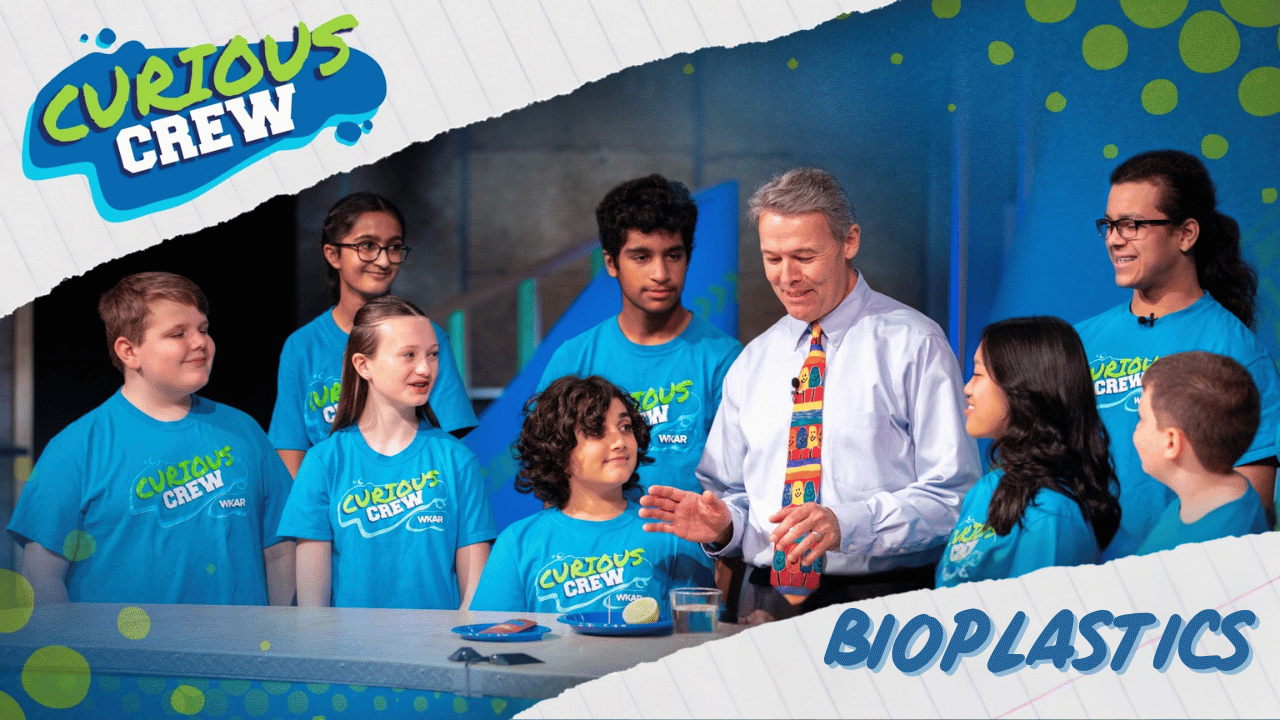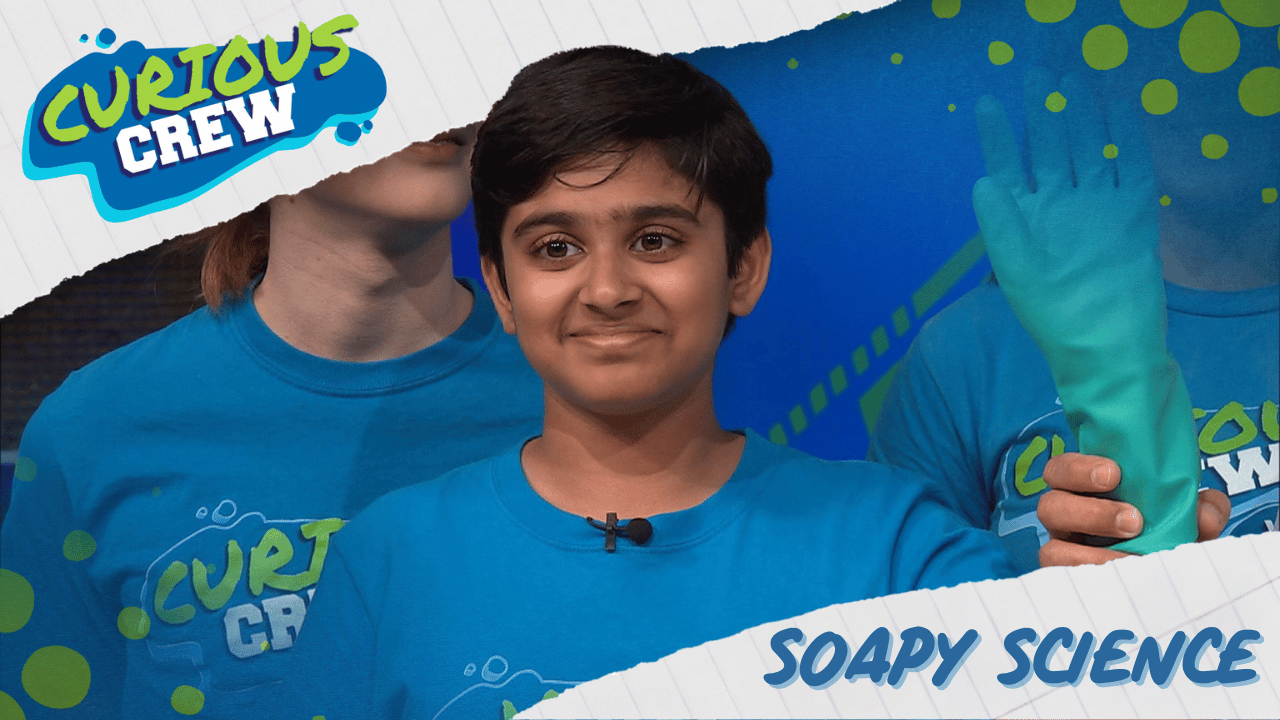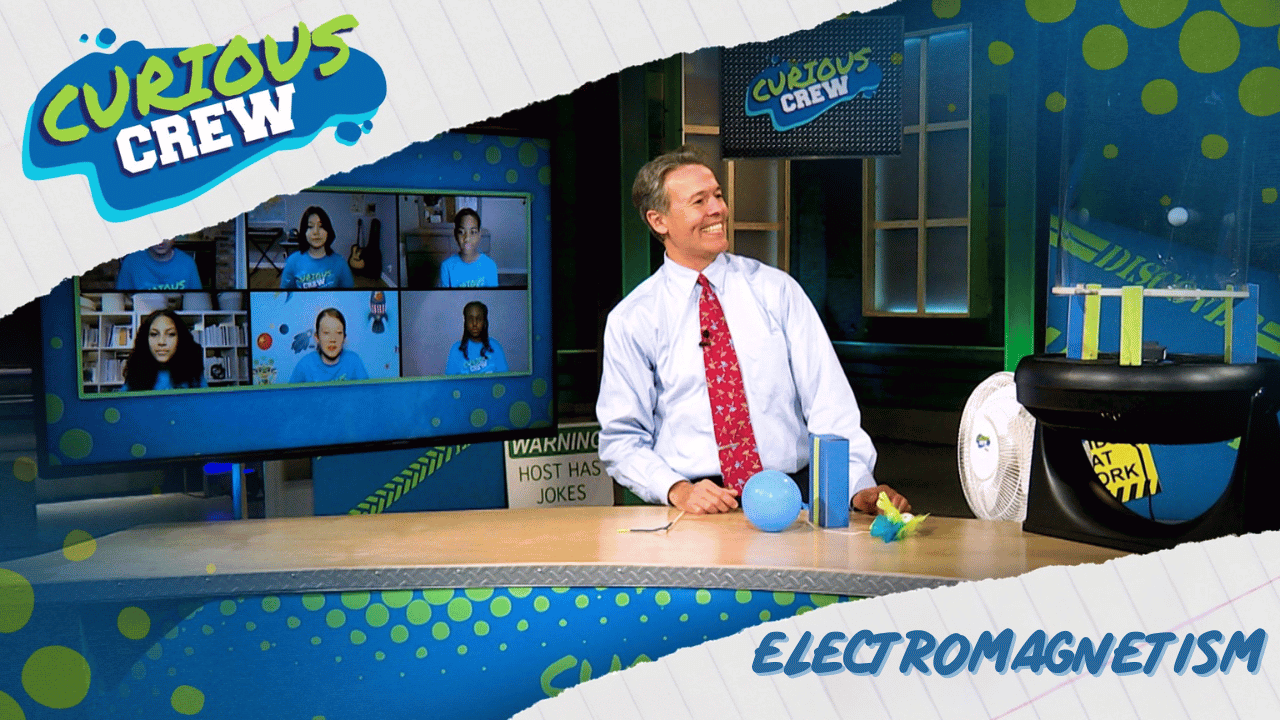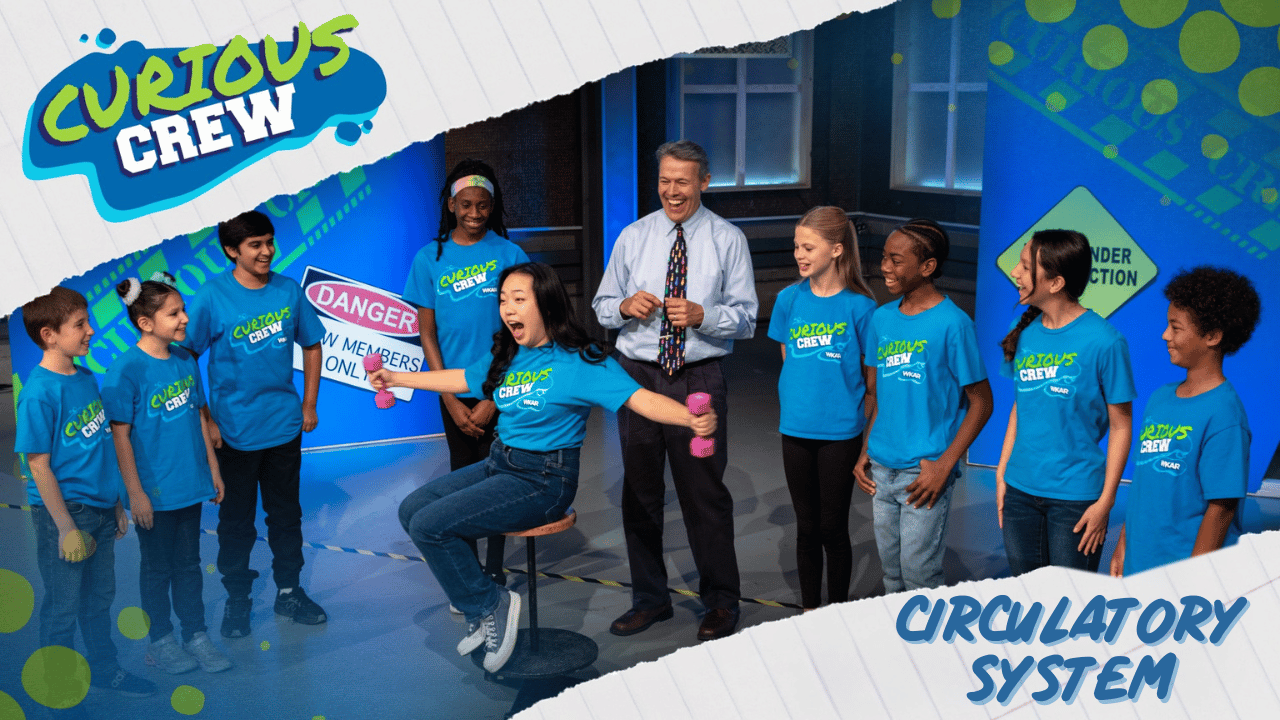Subjects
Grades
Shows
Standards
Join Michigan Learning Channel at a marsh wetland in Midland County and discover the rich biodiversity and ecological importance of [...]
Explore the sweet science behind maple syrup production at Chippewa Nature Center! This video walks students through the full process—from [...]
Go on a virtual field trip to Abrams Planetarium at Michigan State University and explore the wonders of space! Learn [...]
Explore the science of reading and ways to help ready your child for this complex task. Reading is essential for [...]
Artificial Intelligence is being incorporated into classrooms from kindergarten to college, but will it enhance the learning experience or be [...]
Artificial Intelligence is being incorporated into healthcare from chatbots to cardiac care. Explore what the future of medicine with A.I. [...]
Artificial Intelligence is redefining creativity. Hear from artists, leading A.I. researchers and legal experts on the implications this technology [...]
Subjects
Grades
Shows
Join Michigan Learning Channel at a marsh wetland in Midland County and discover the rich biodiversity and ecological importance of [...]
Explore the sweet science behind maple syrup production at Chippewa Nature Center! This video walks students through the full process—from [...]
Go on a virtual field trip to Abrams Planetarium at Michigan State University and explore the wonders of space! Learn [...]
Explore the science of reading and ways to help ready your child for this complex task. Reading is essential for [...]
Artificial Intelligence is being incorporated into classrooms from kindergarten to college, but will it enhance the learning experience or be [...]
Artificial Intelligence is being incorporated into healthcare from chatbots to cardiac care. Explore what the future of medicine with A.I. [...]
Artificial Intelligence is redefining creativity. Hear from artists, leading A.I. researchers and legal experts on the implications this technology [...]

